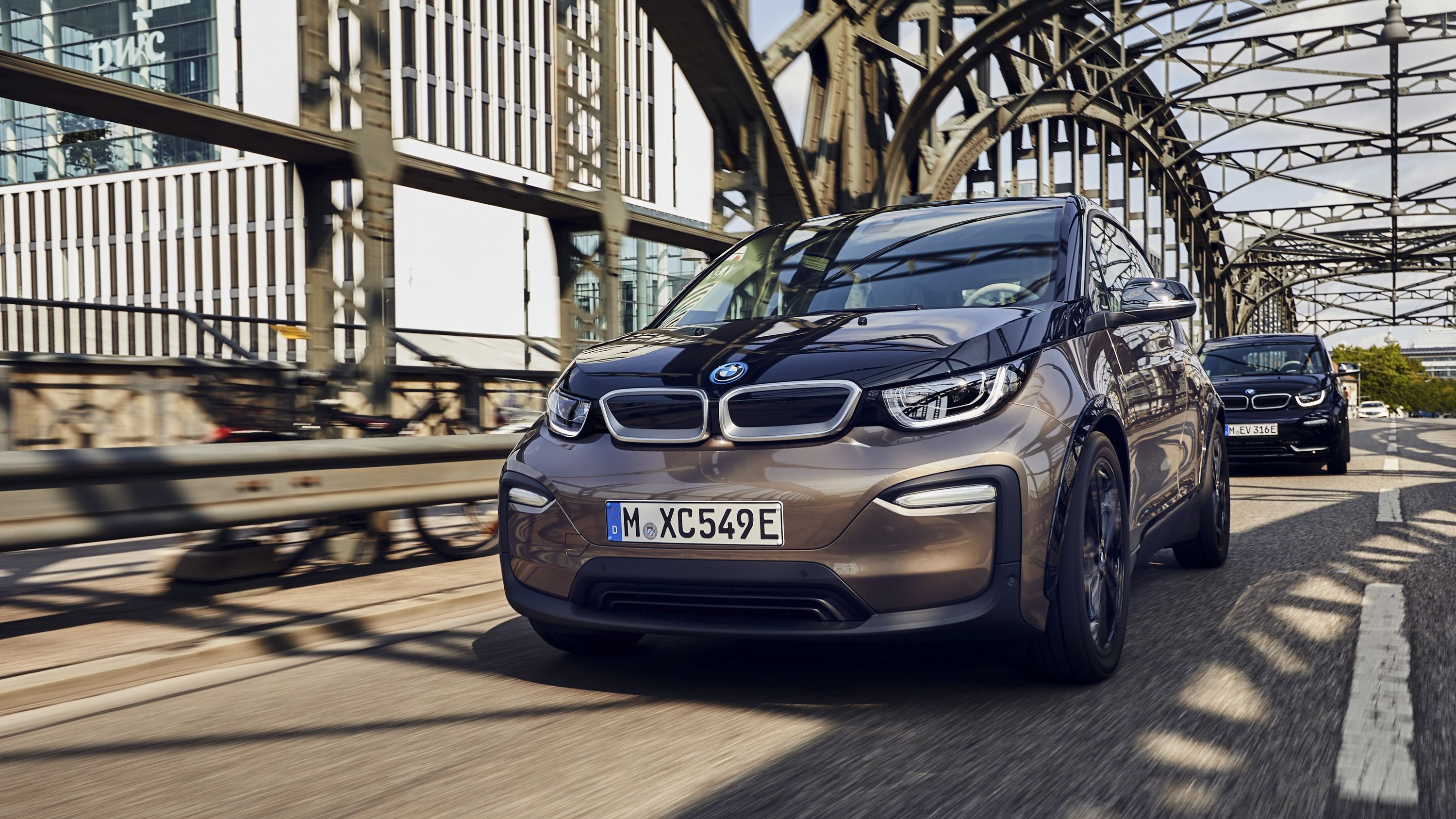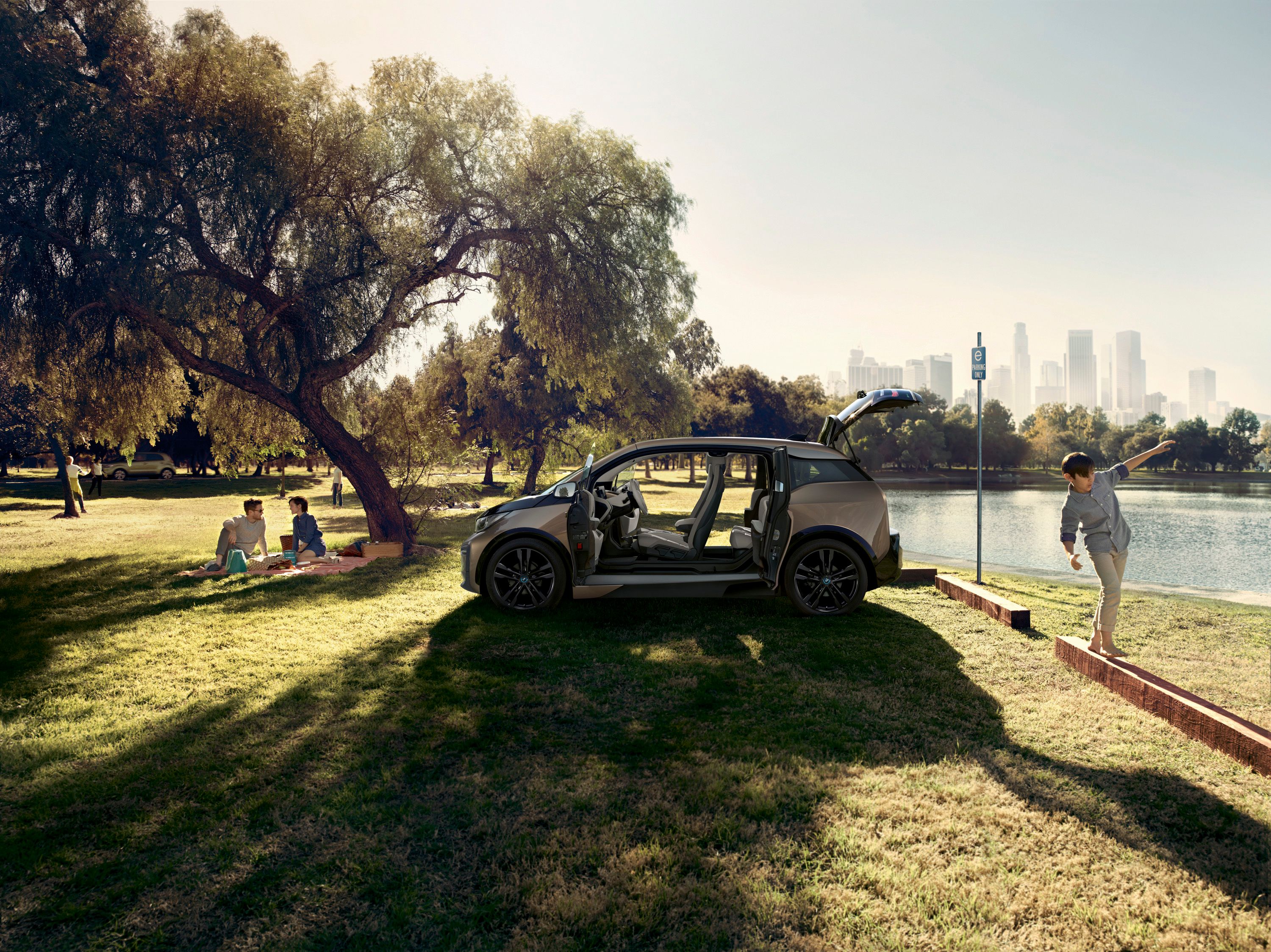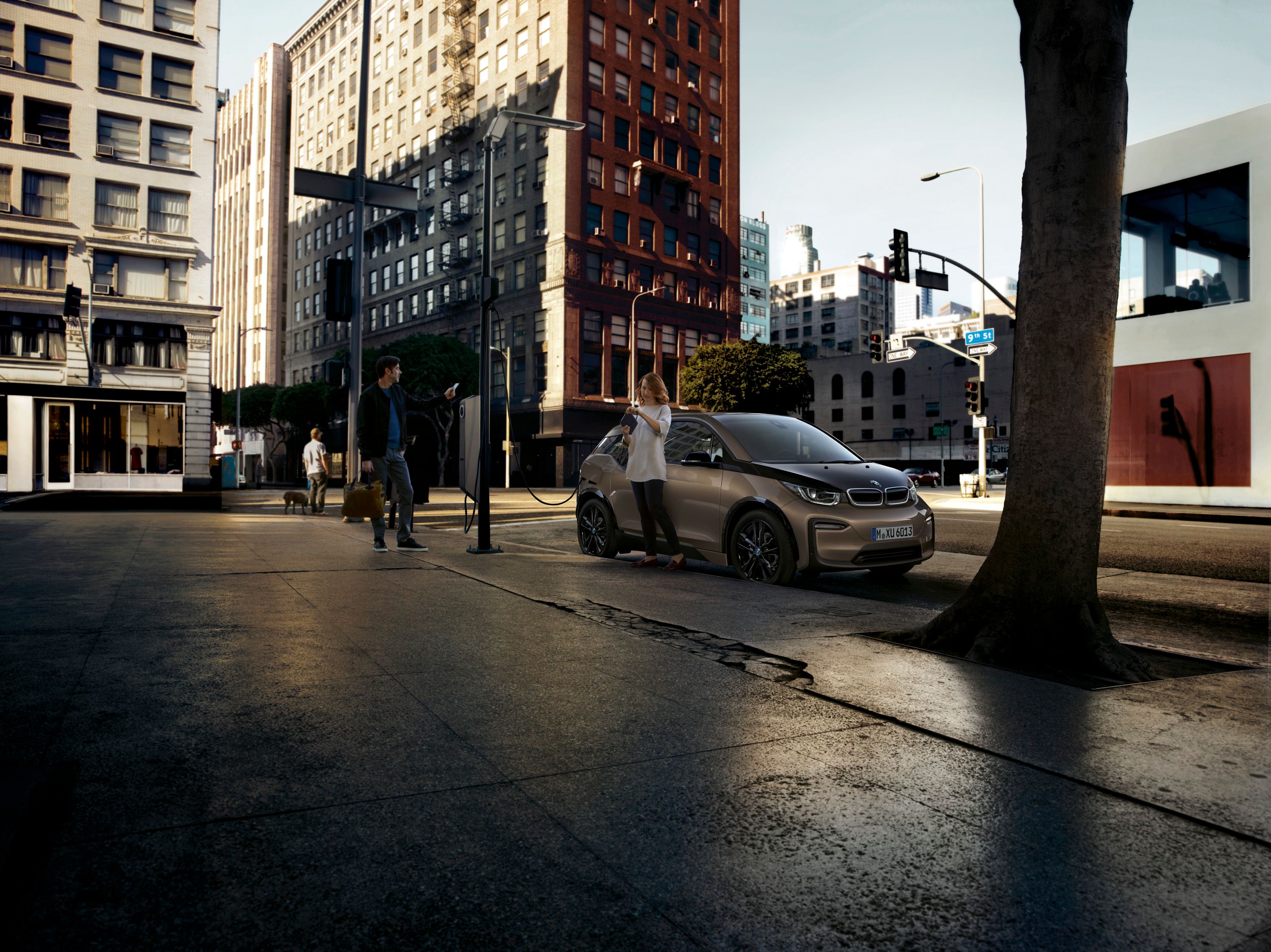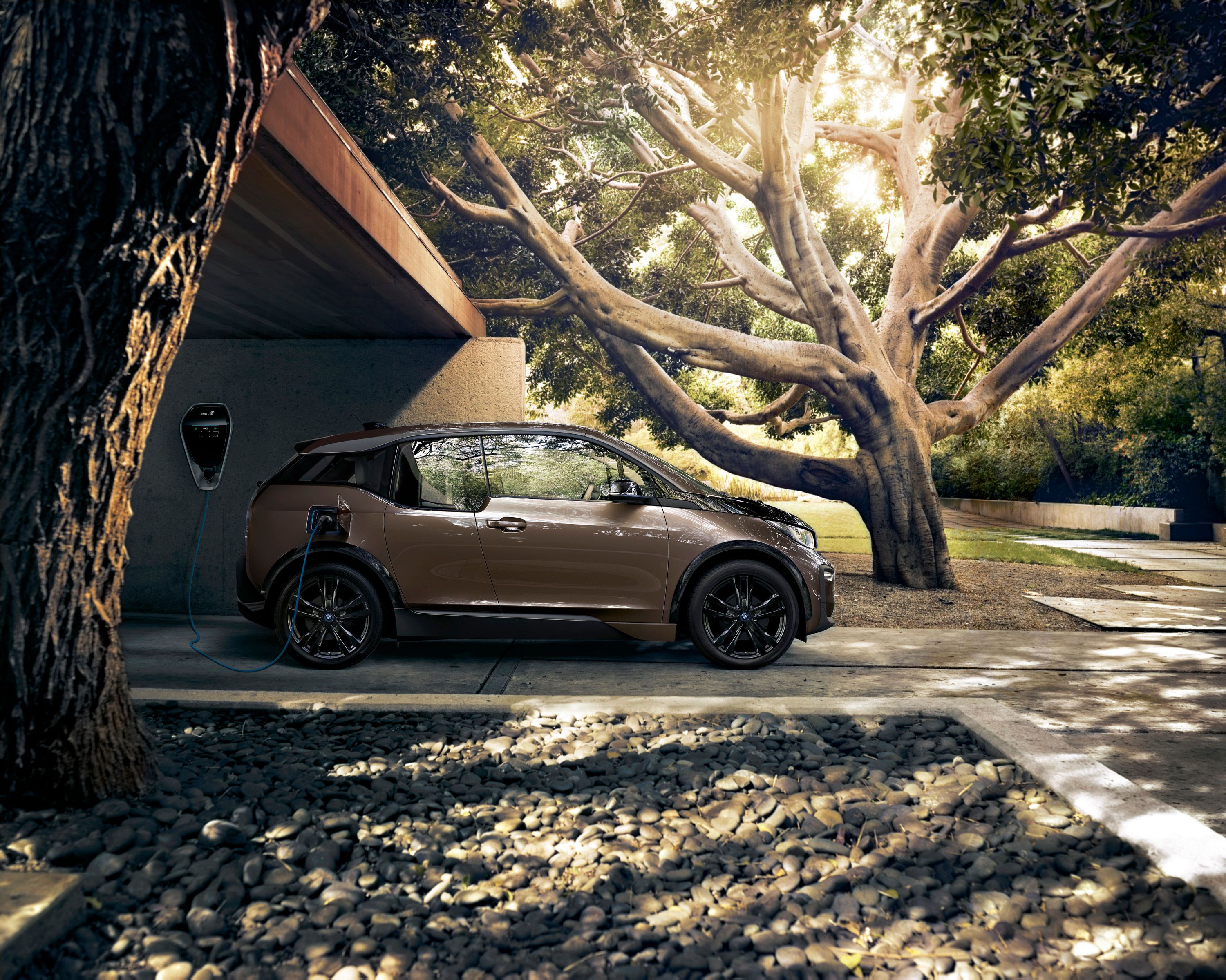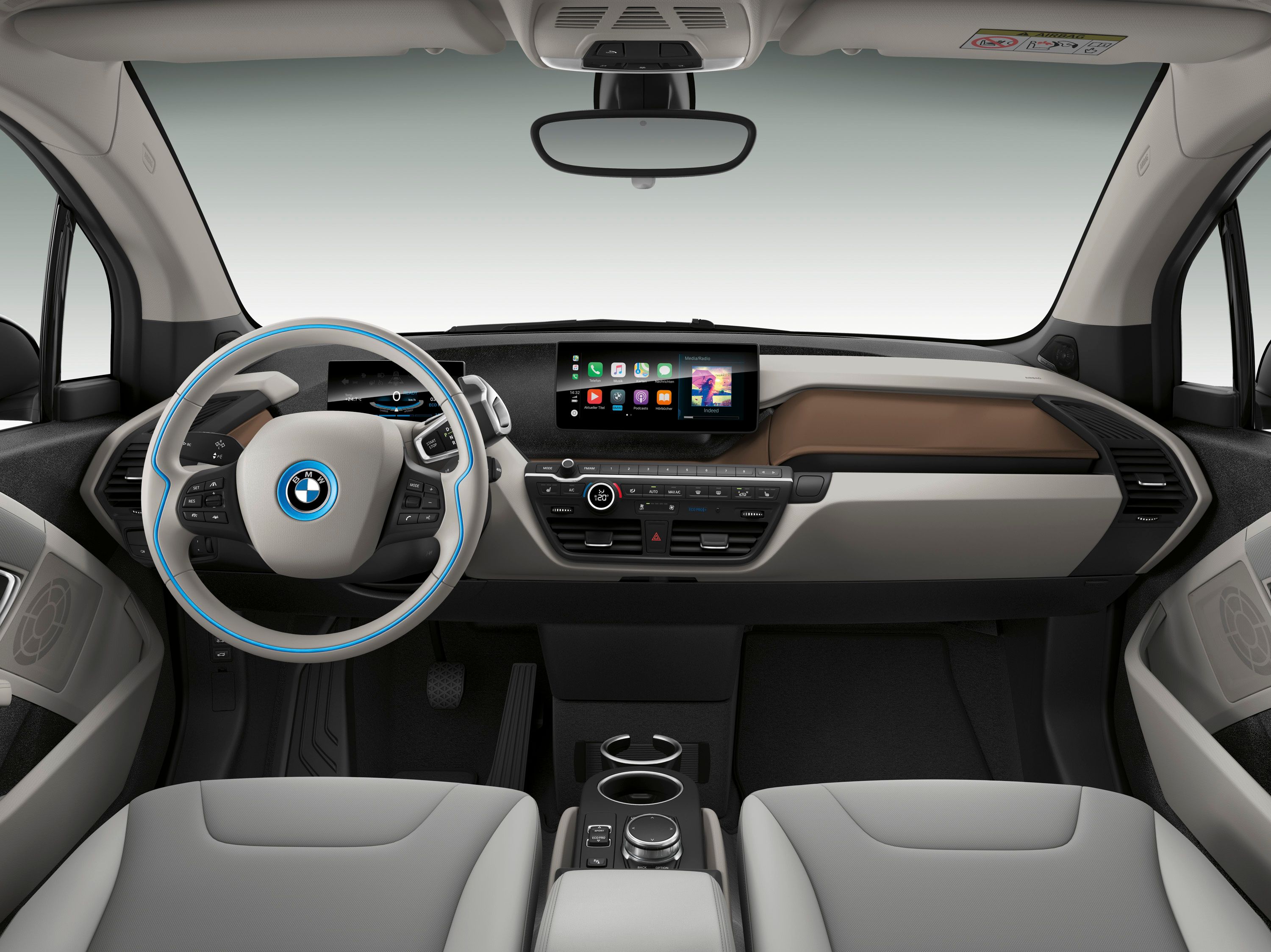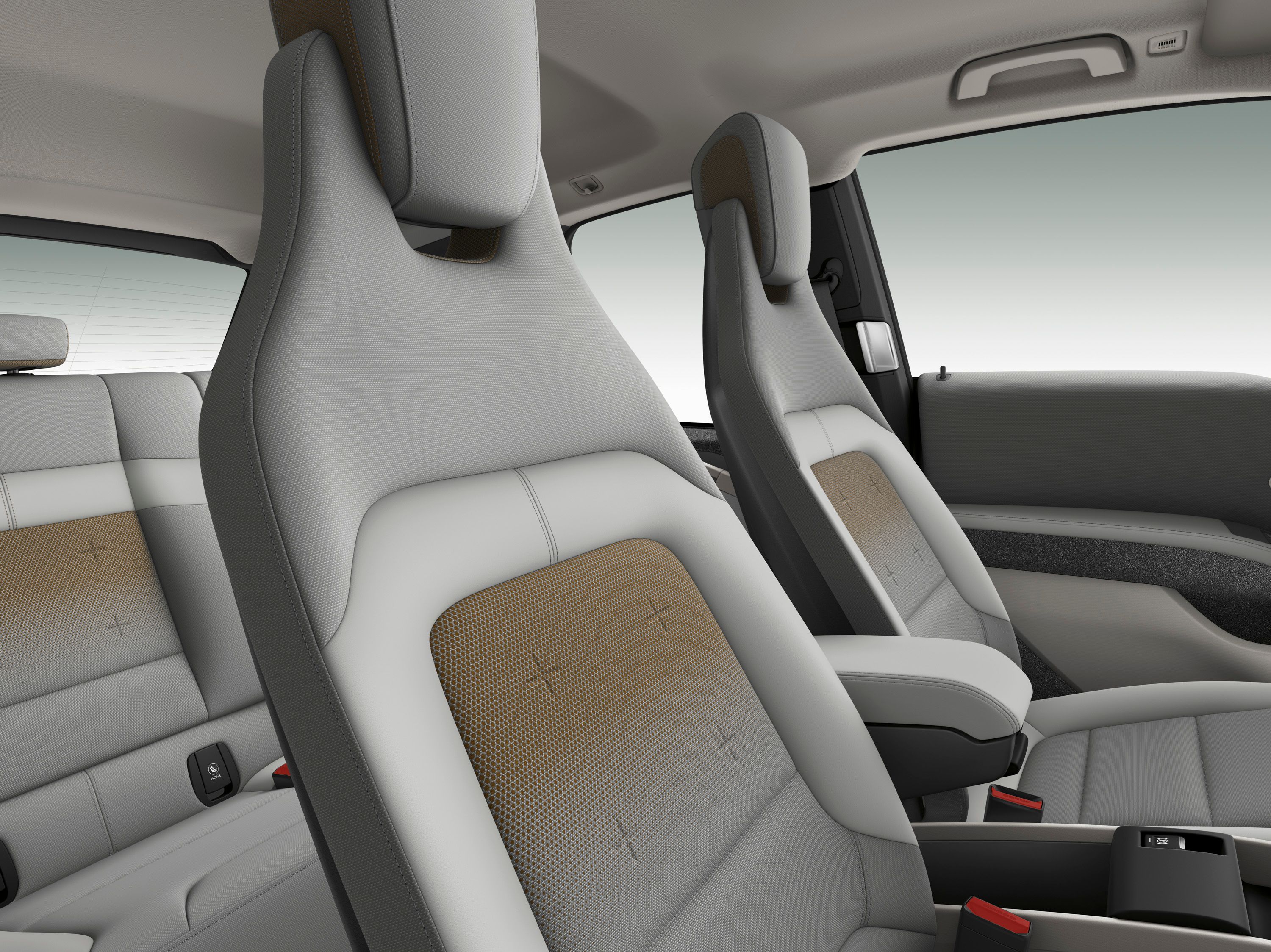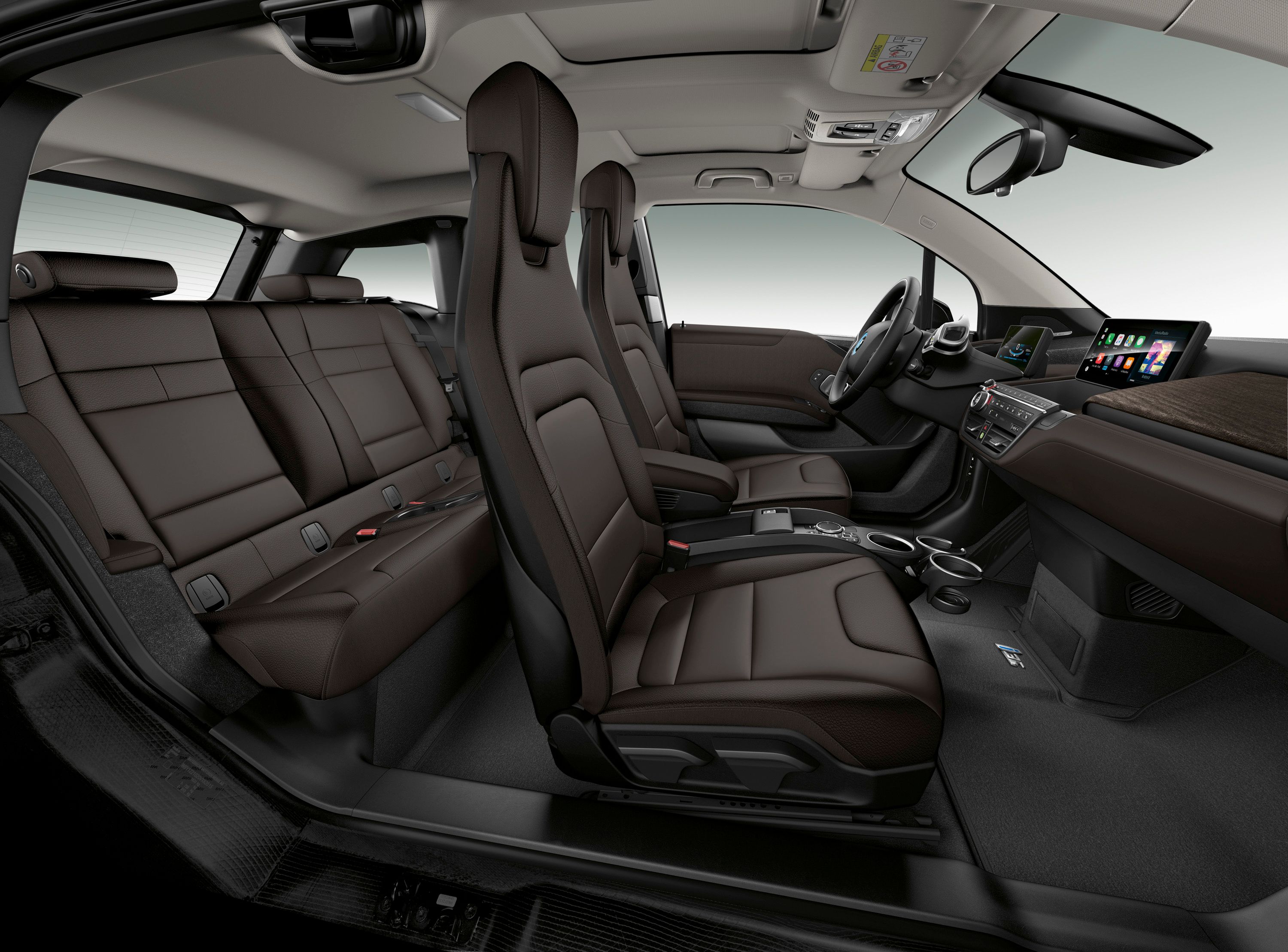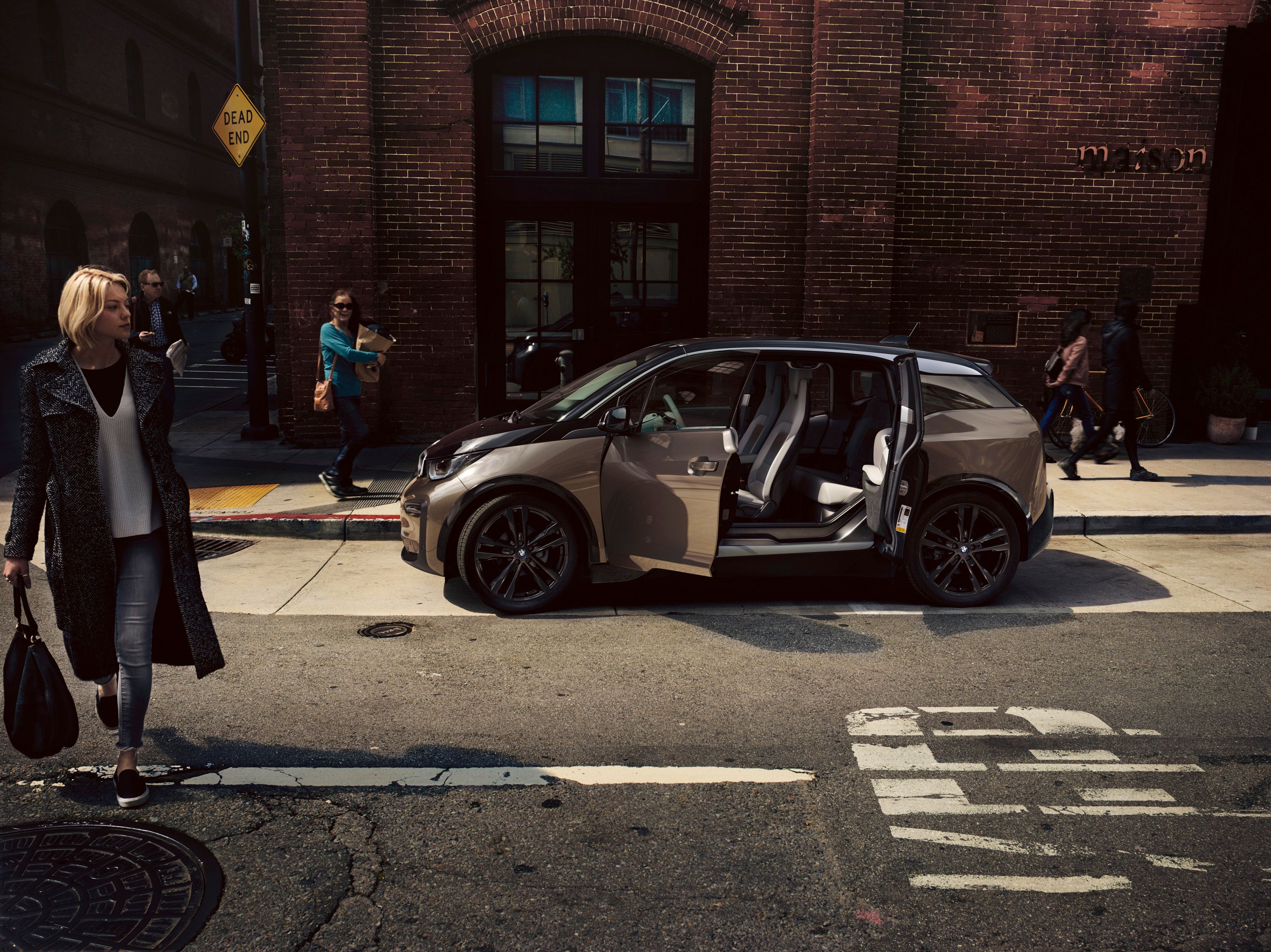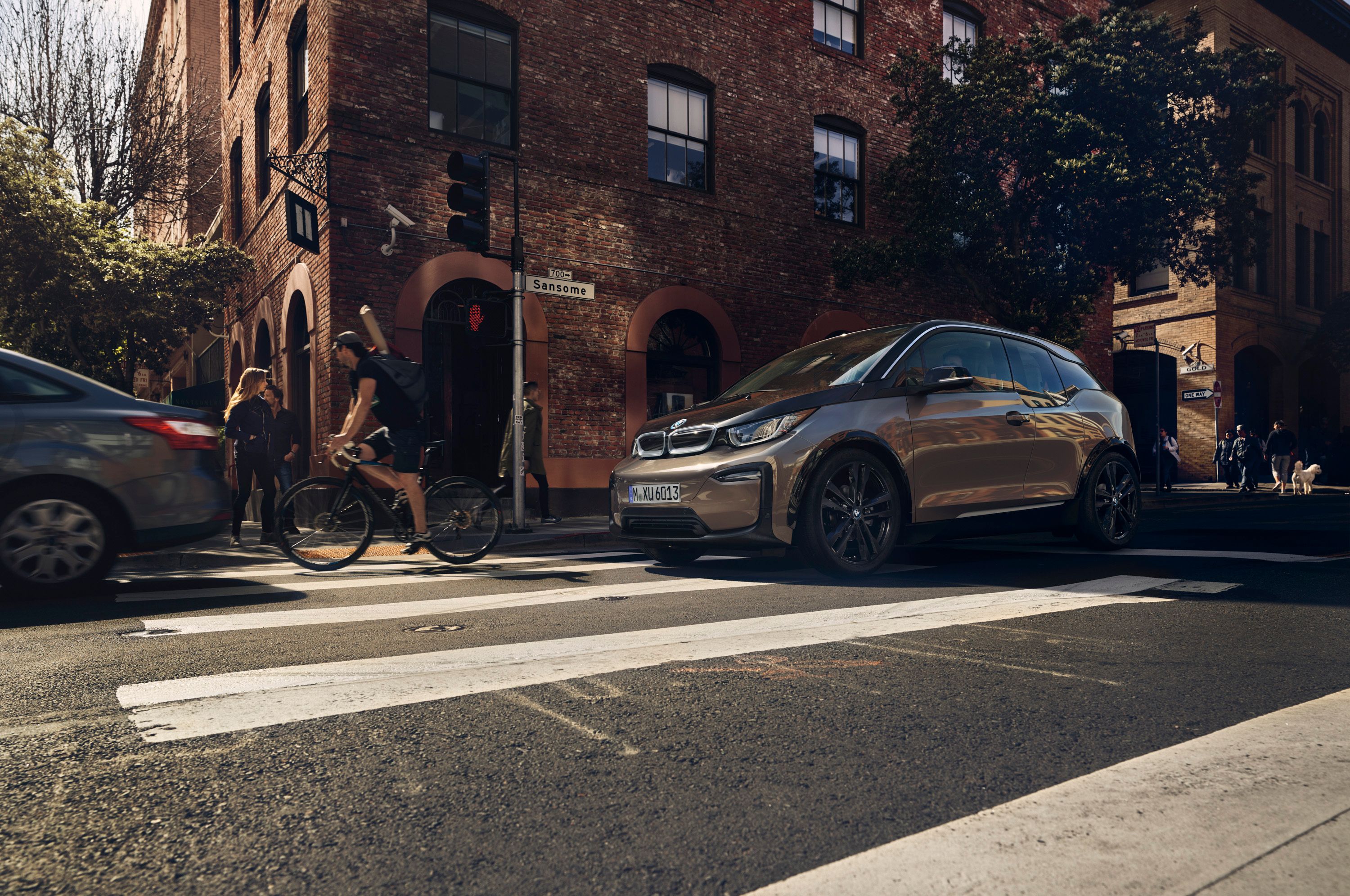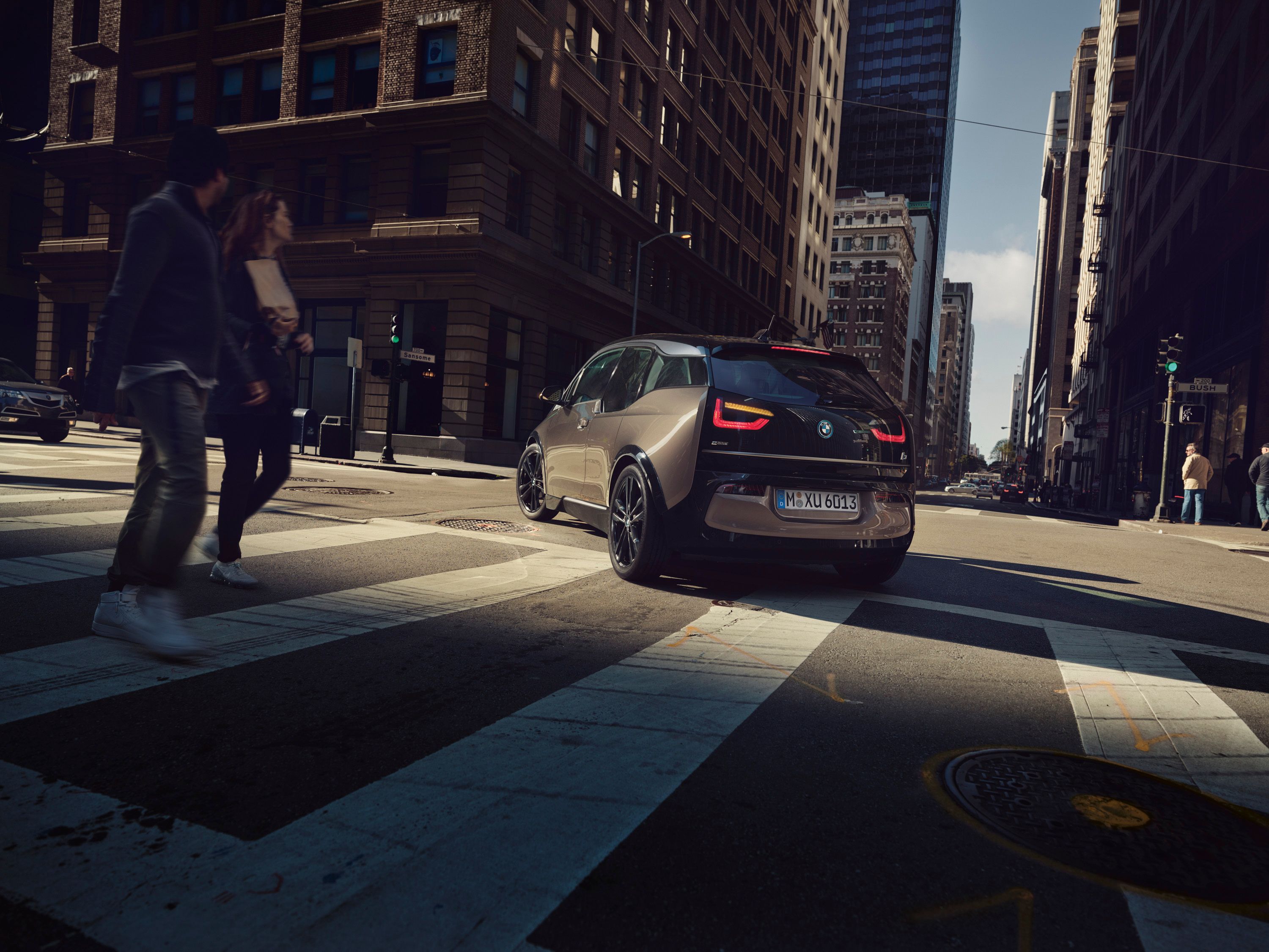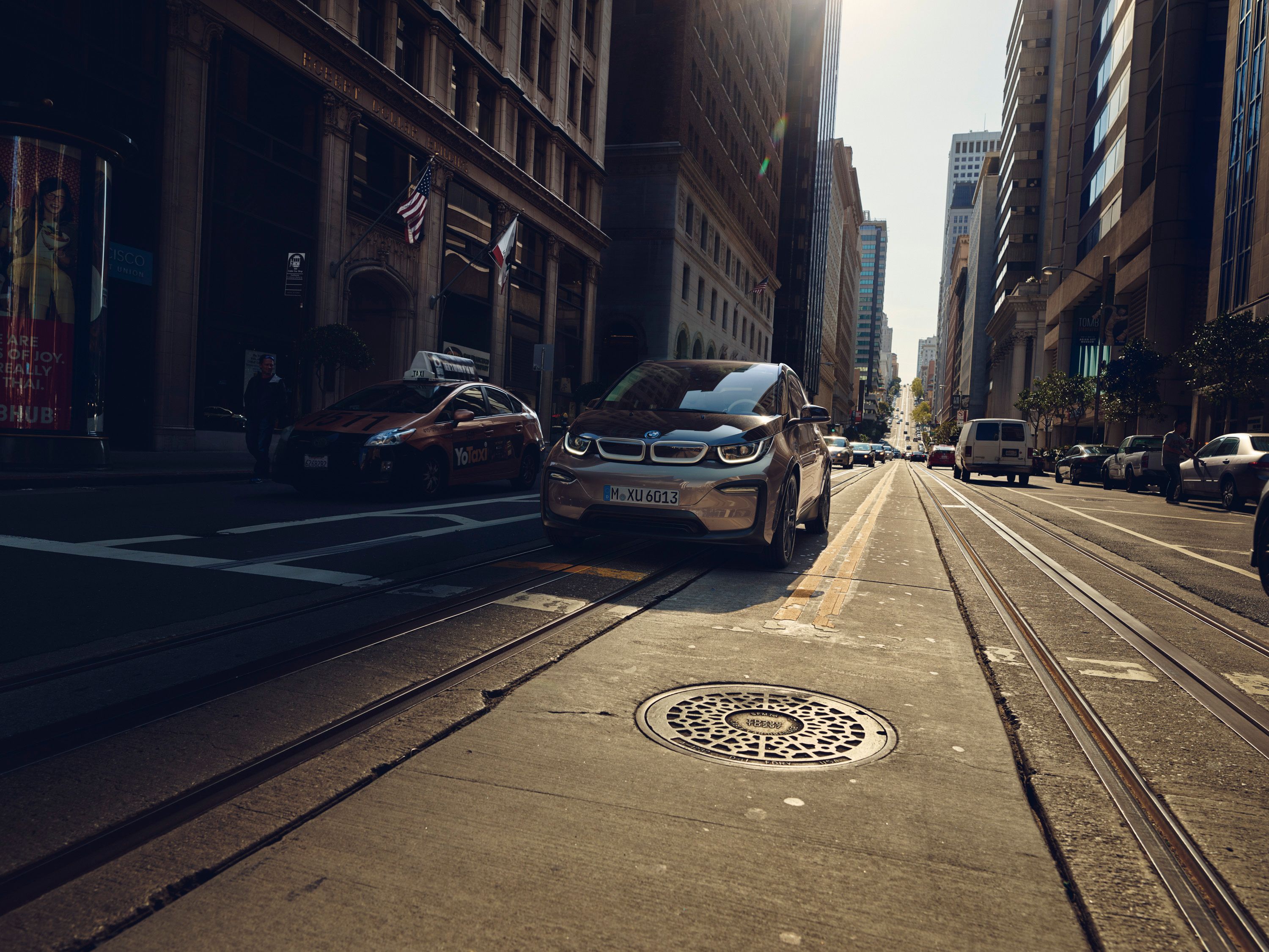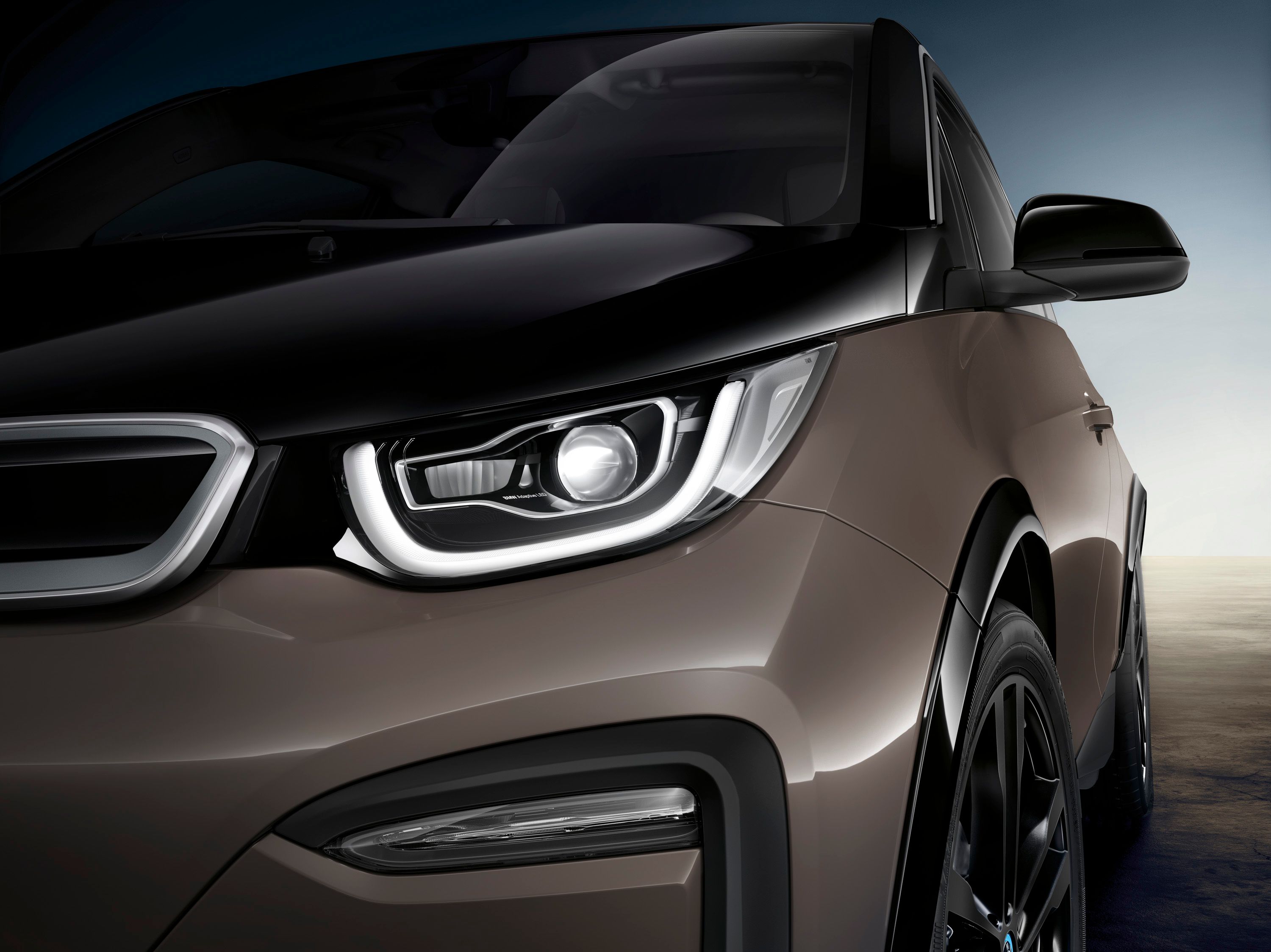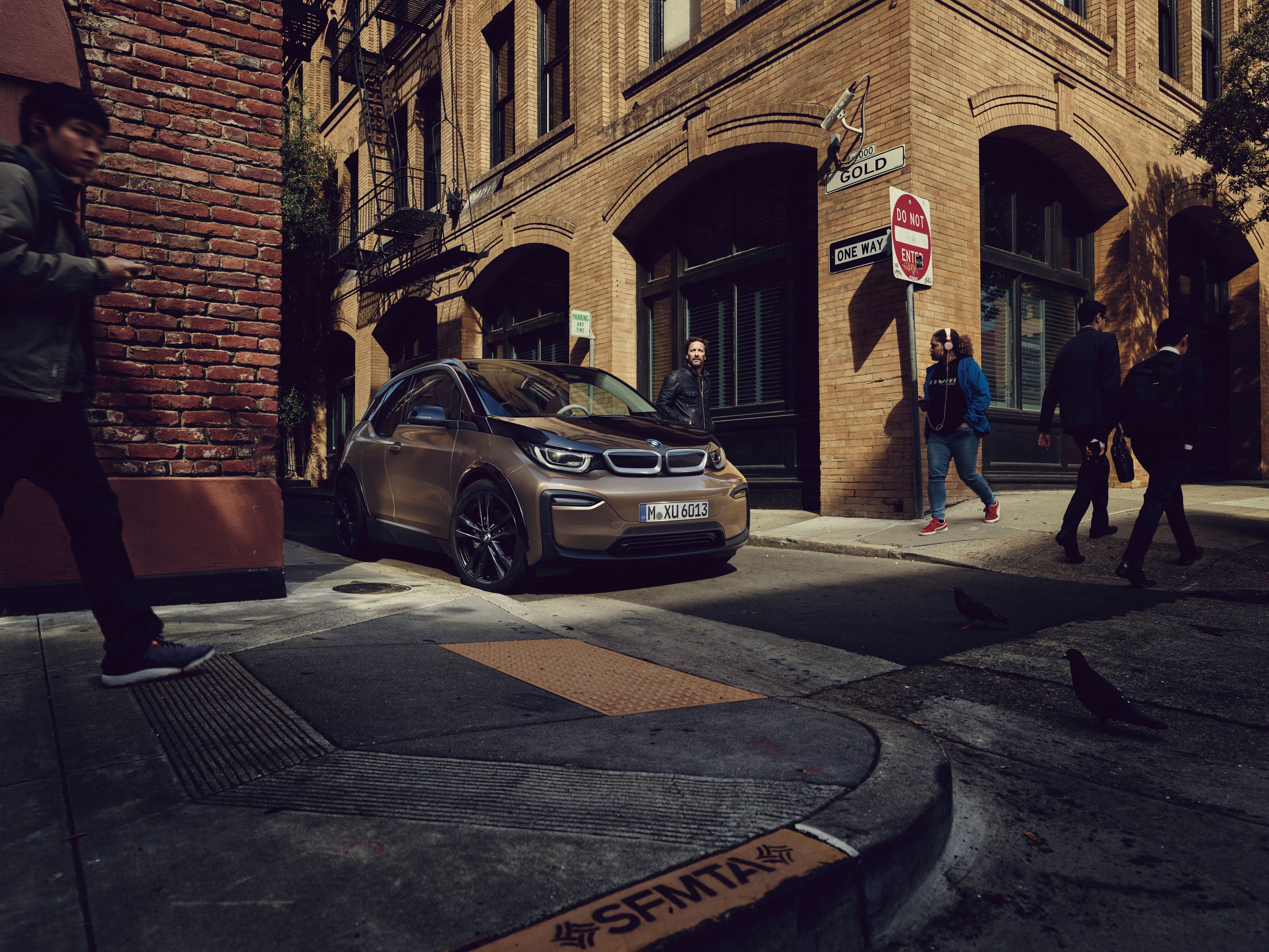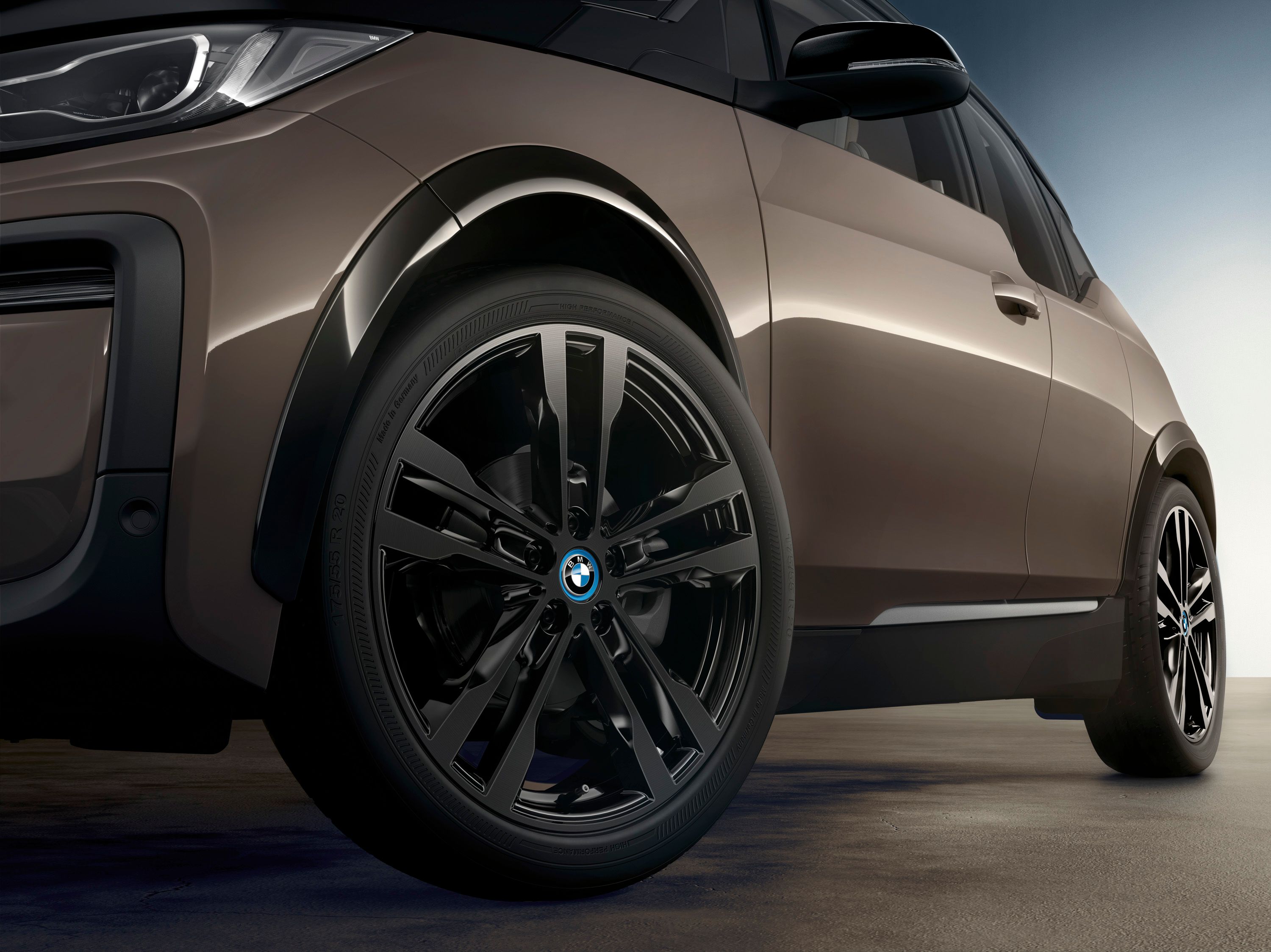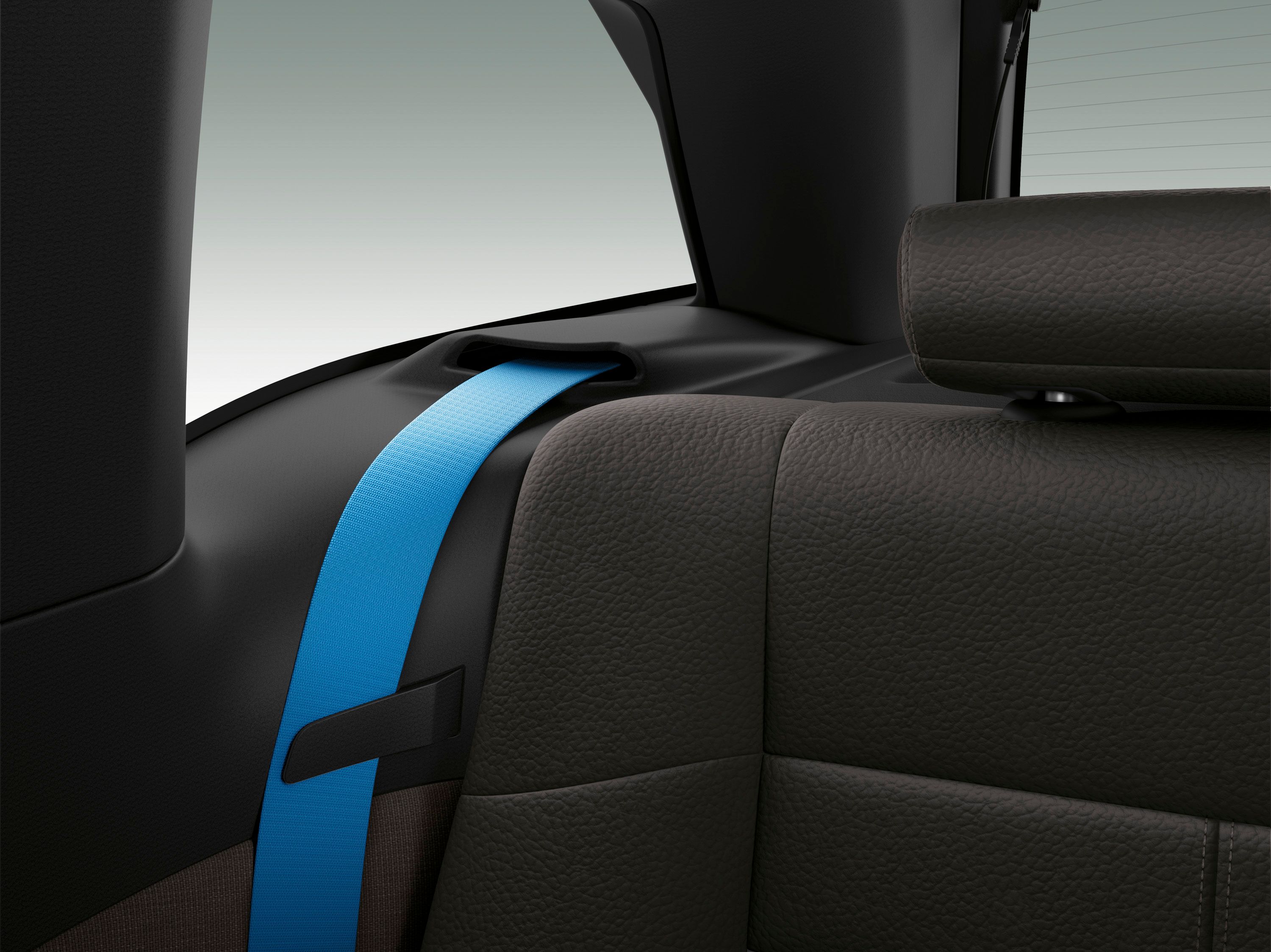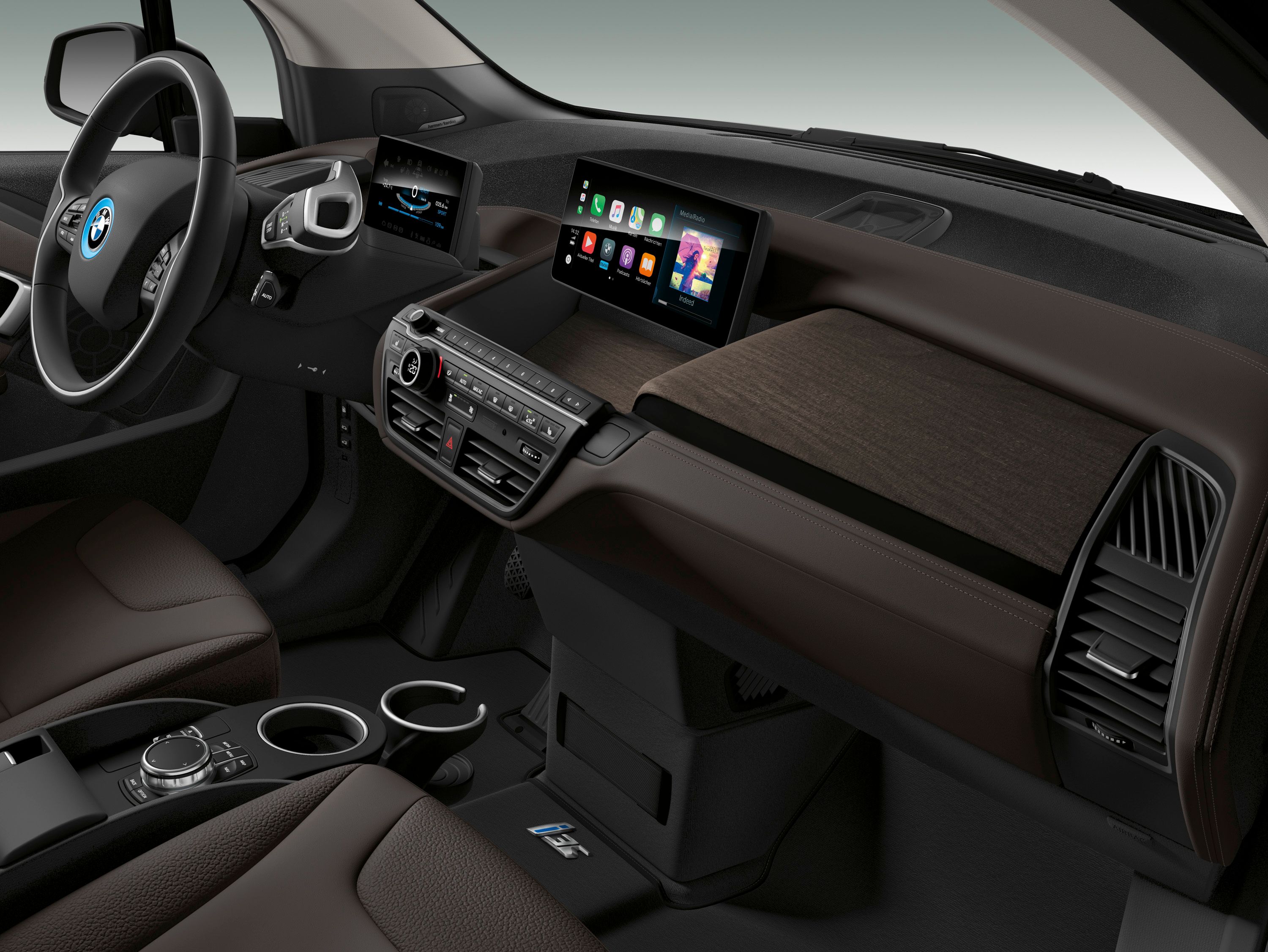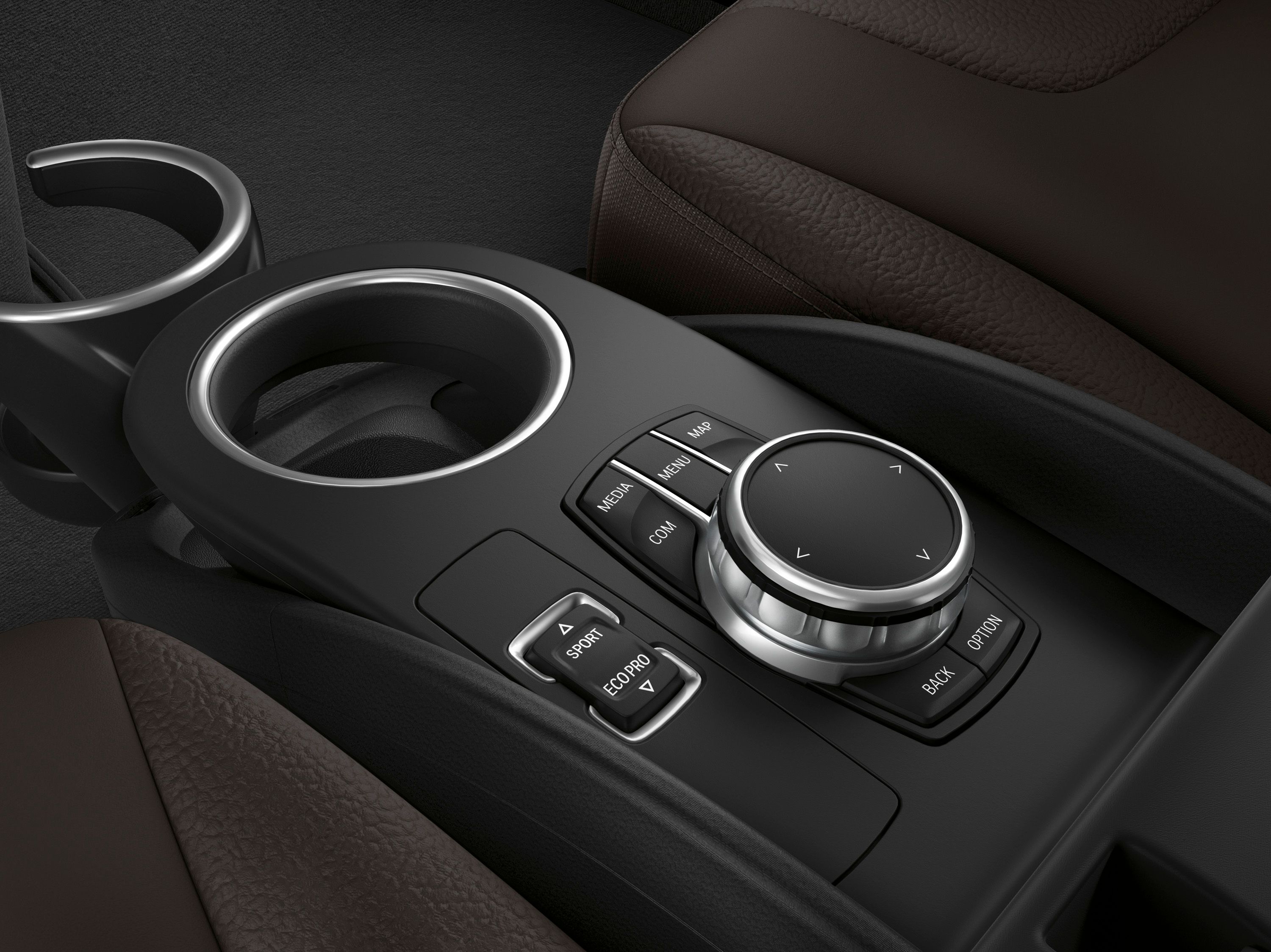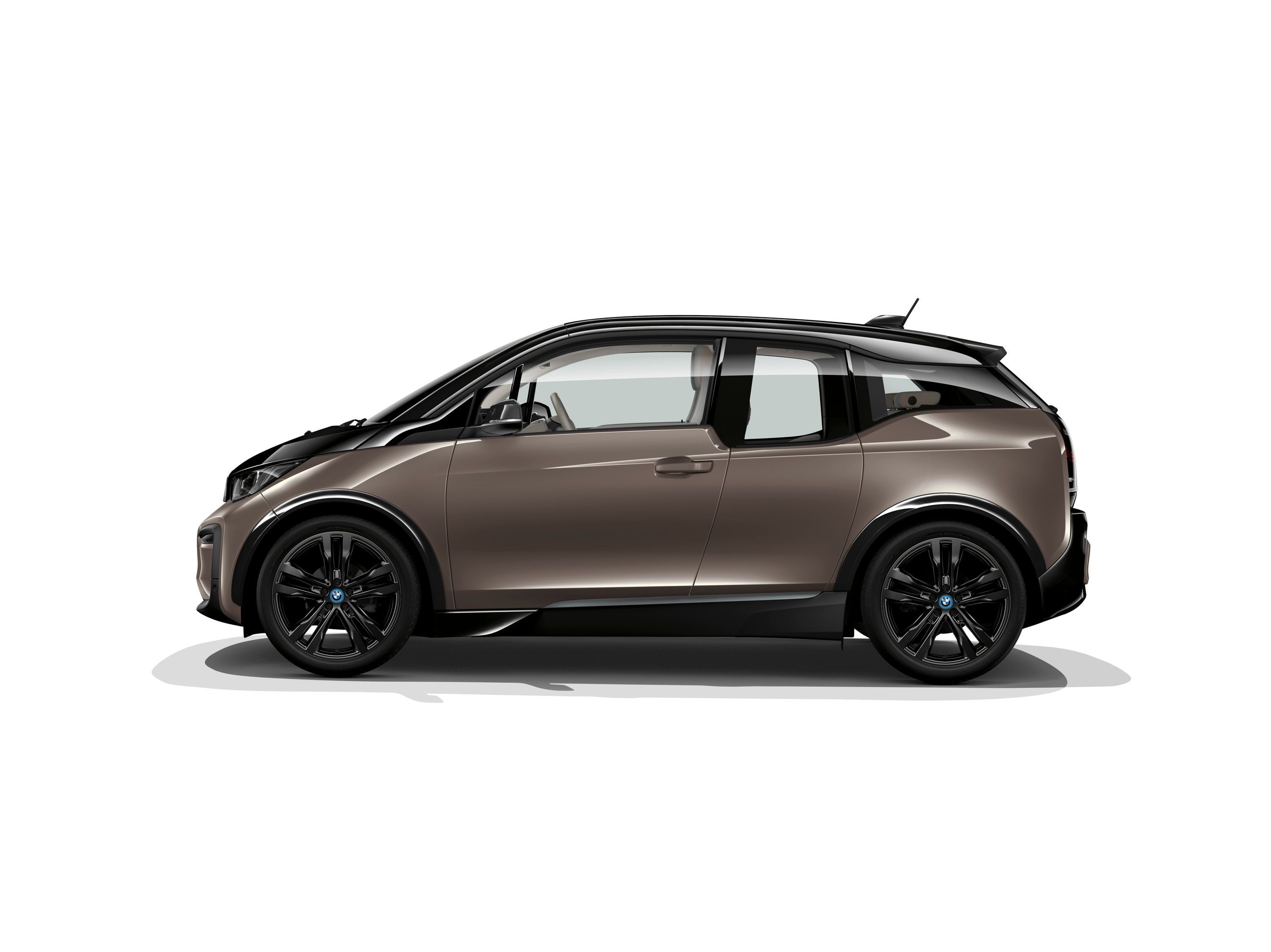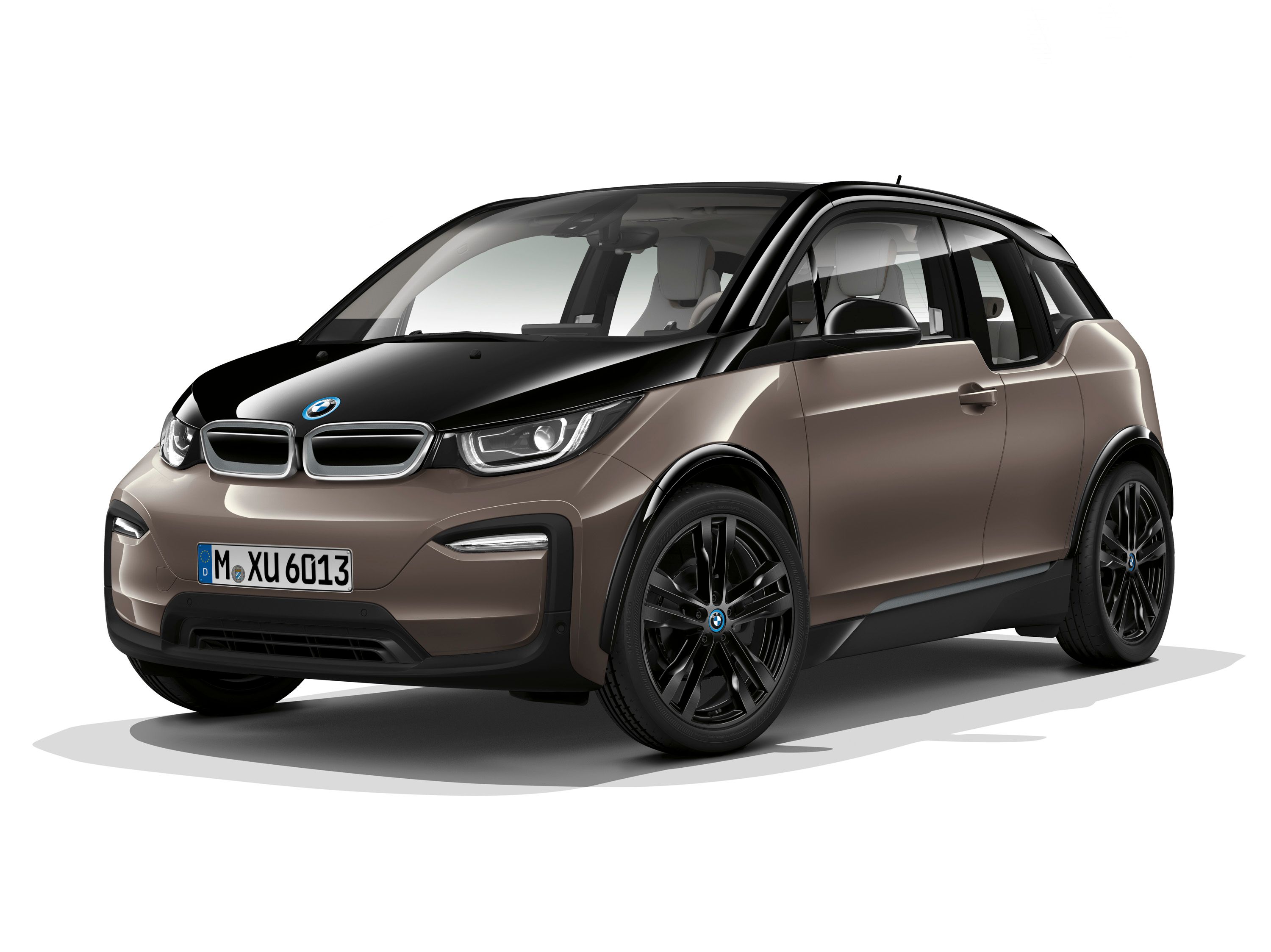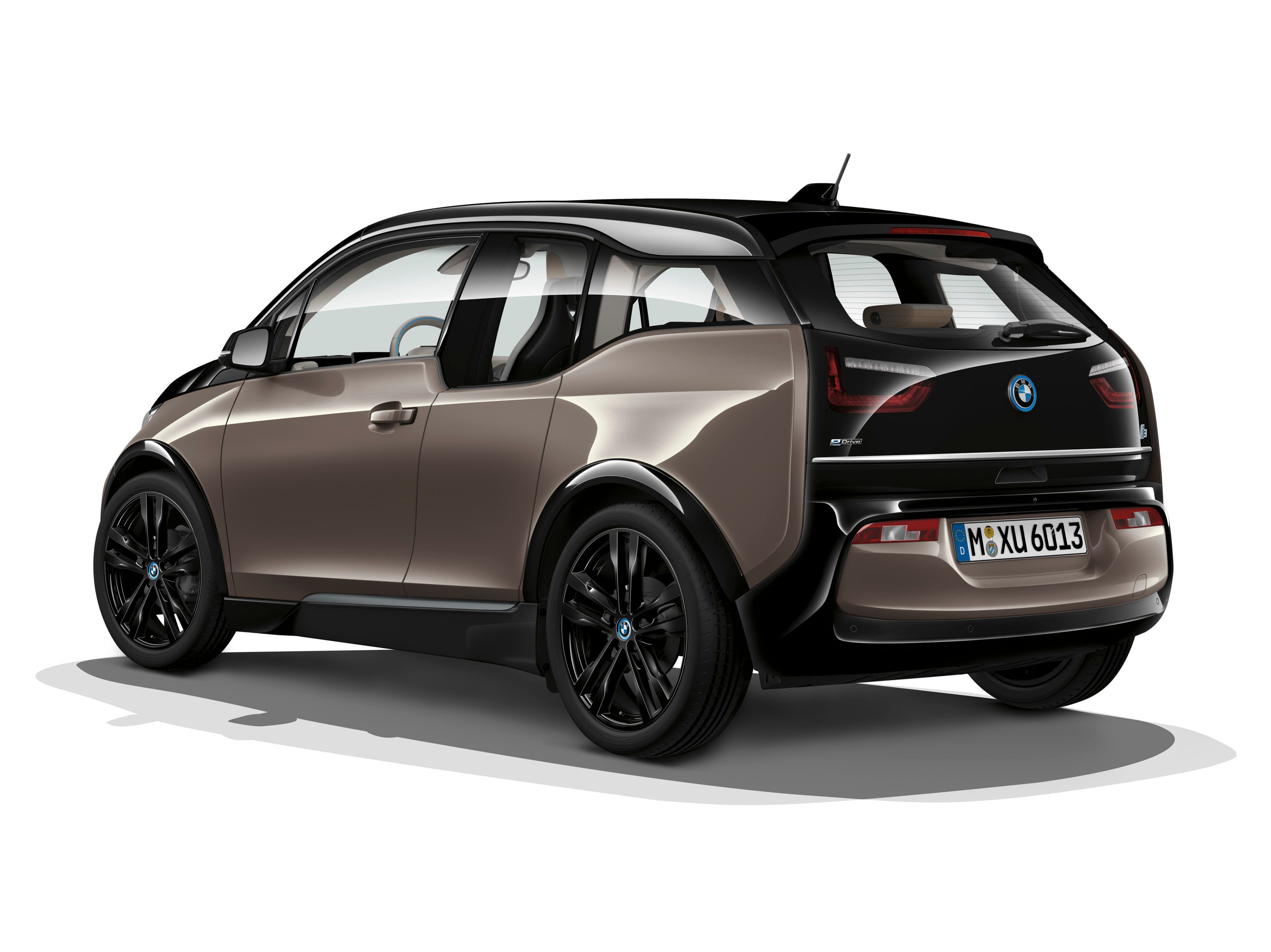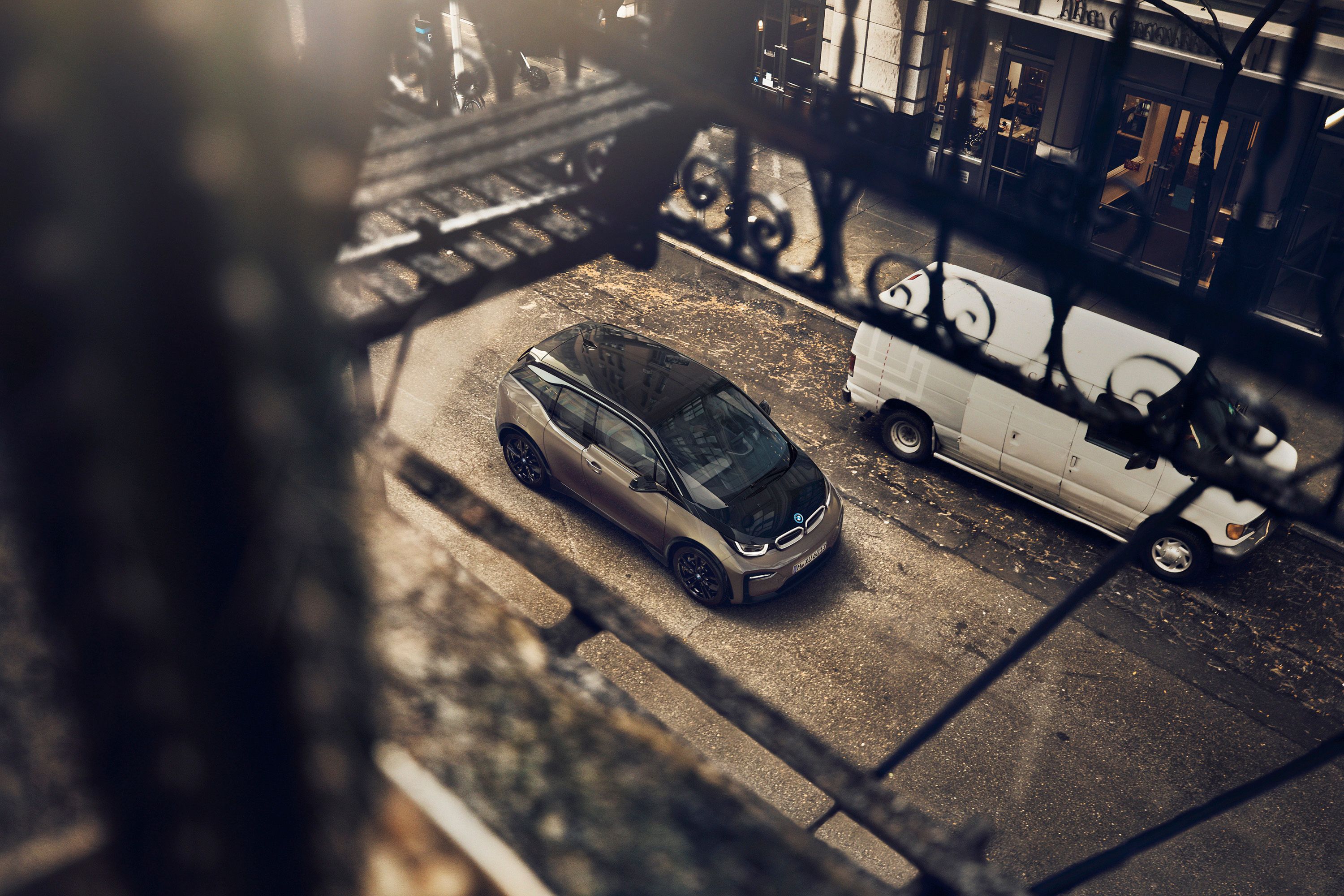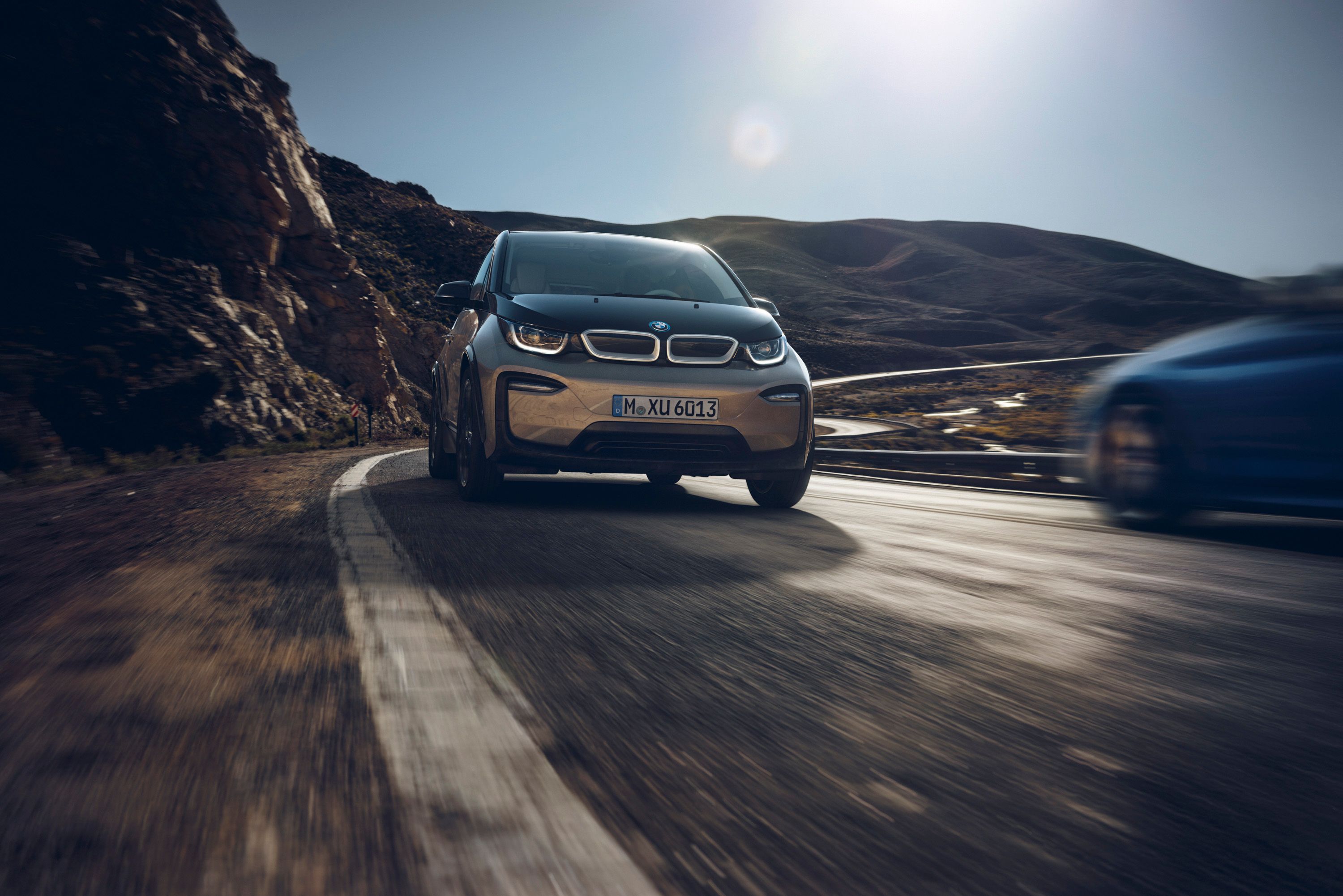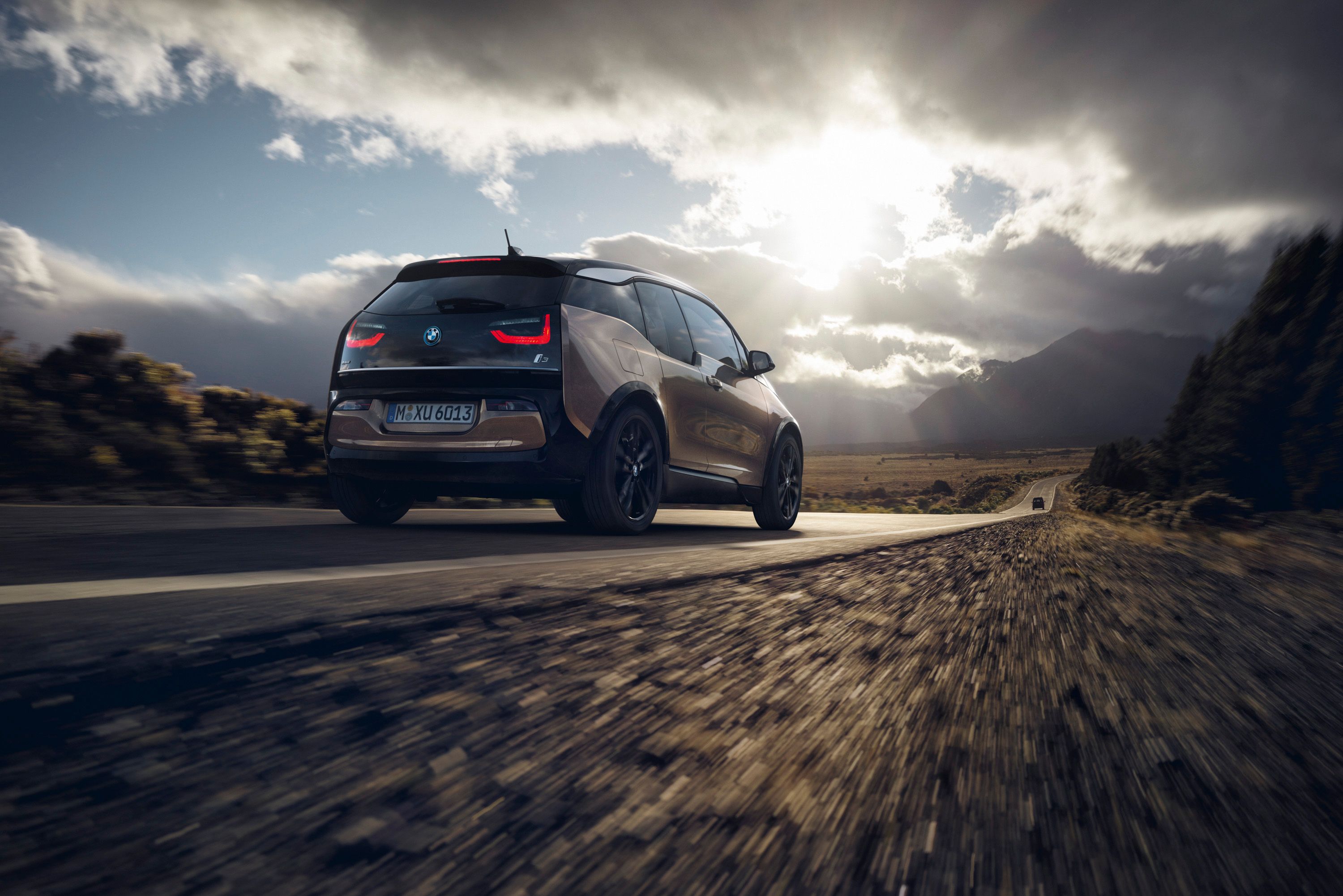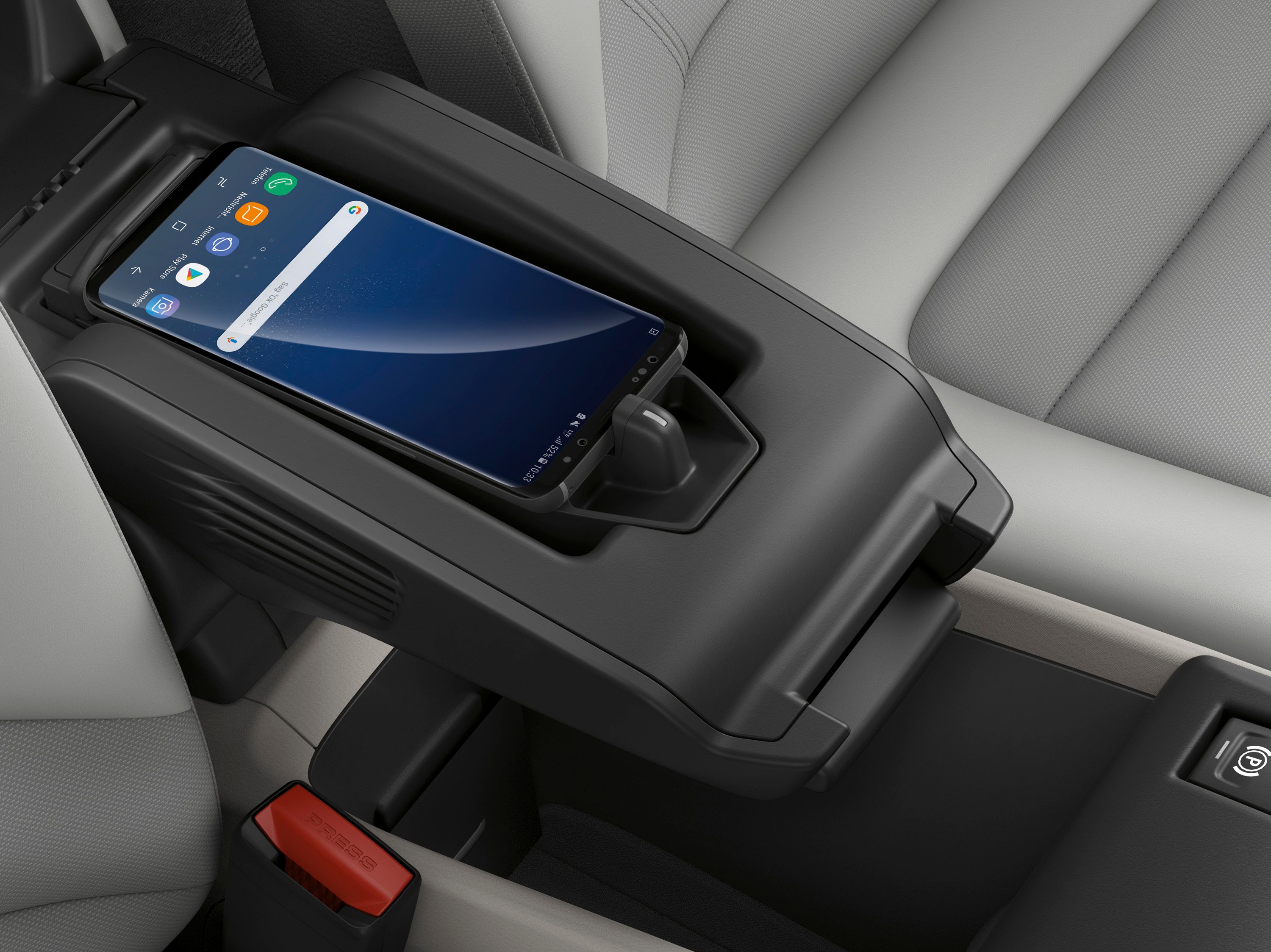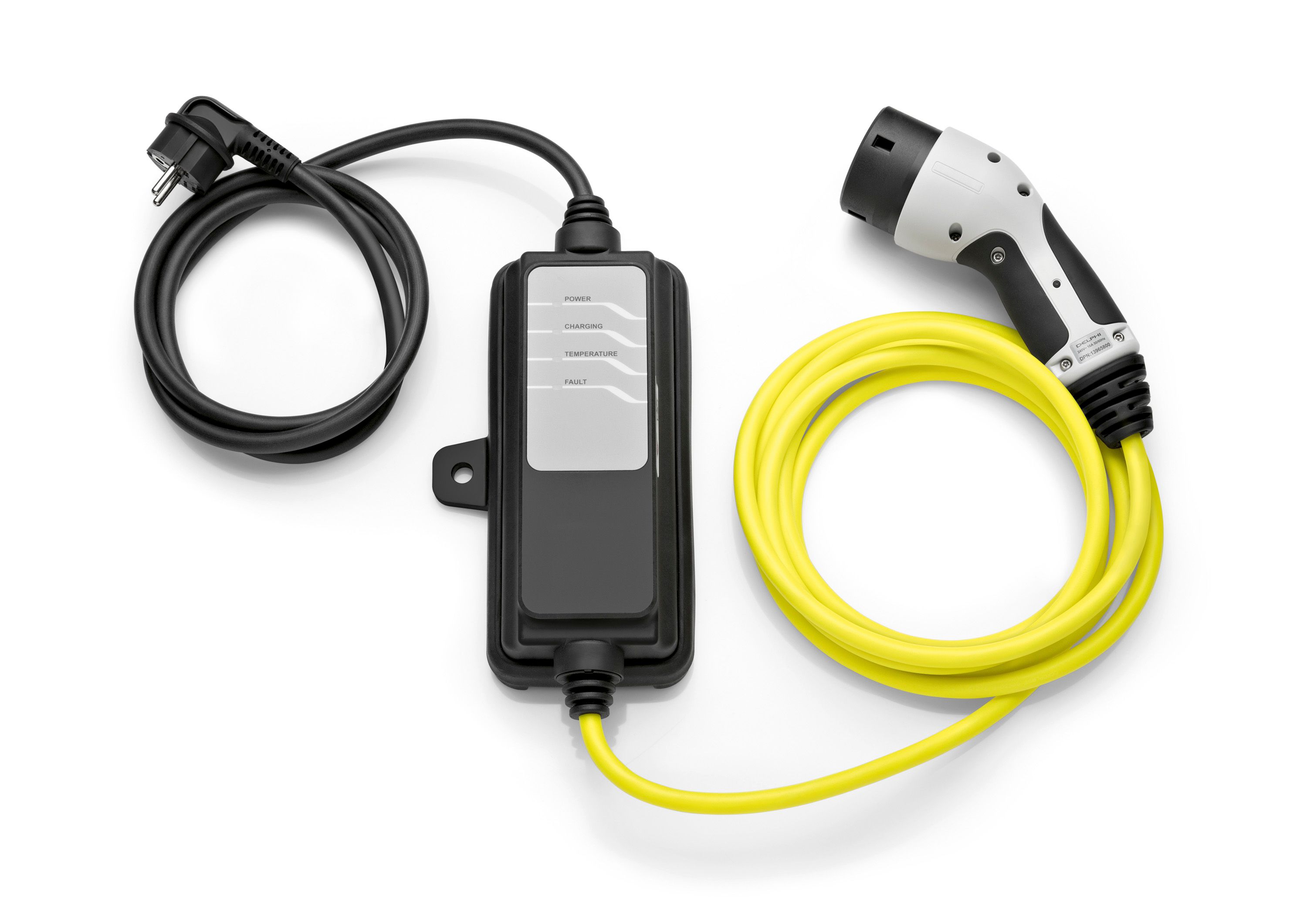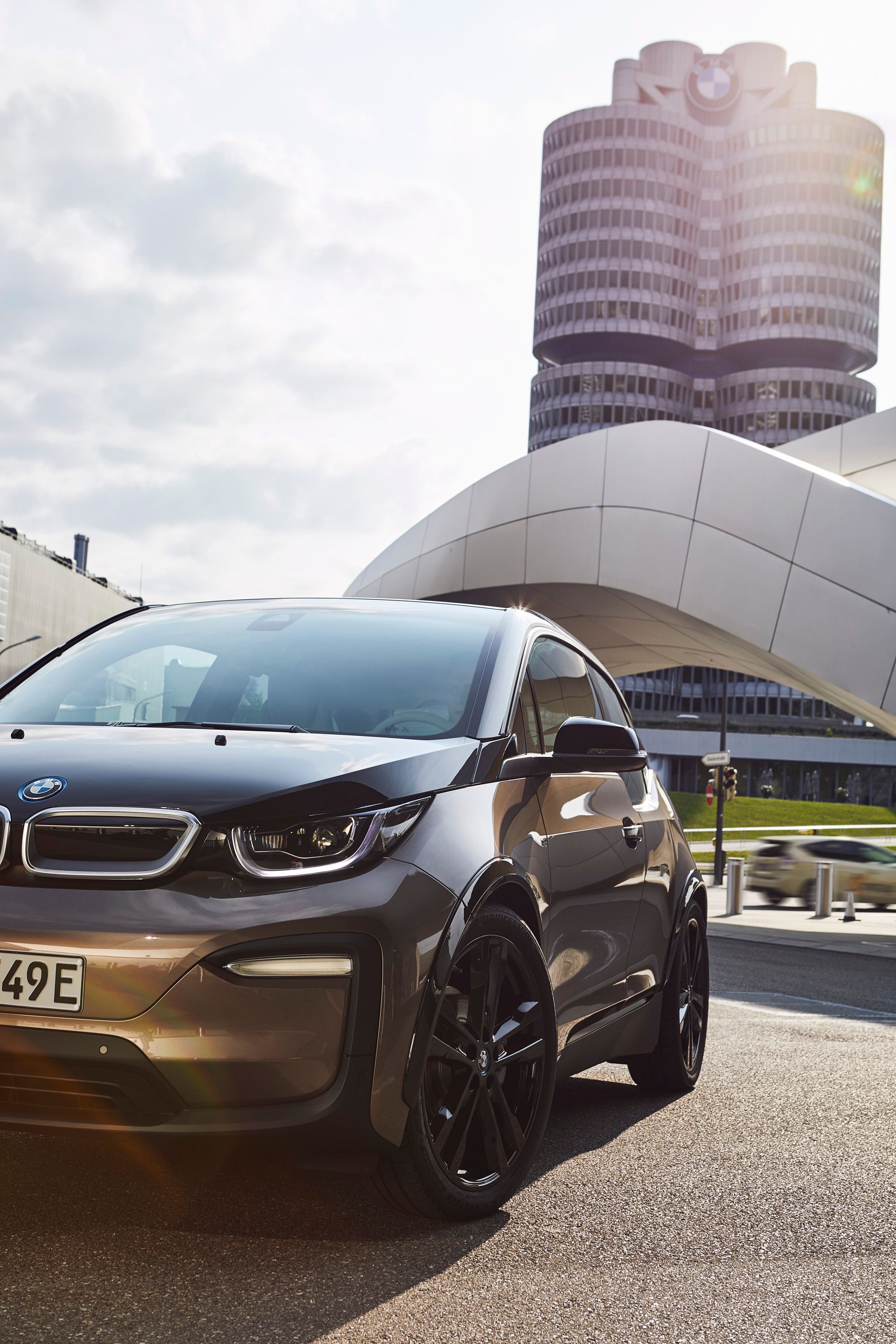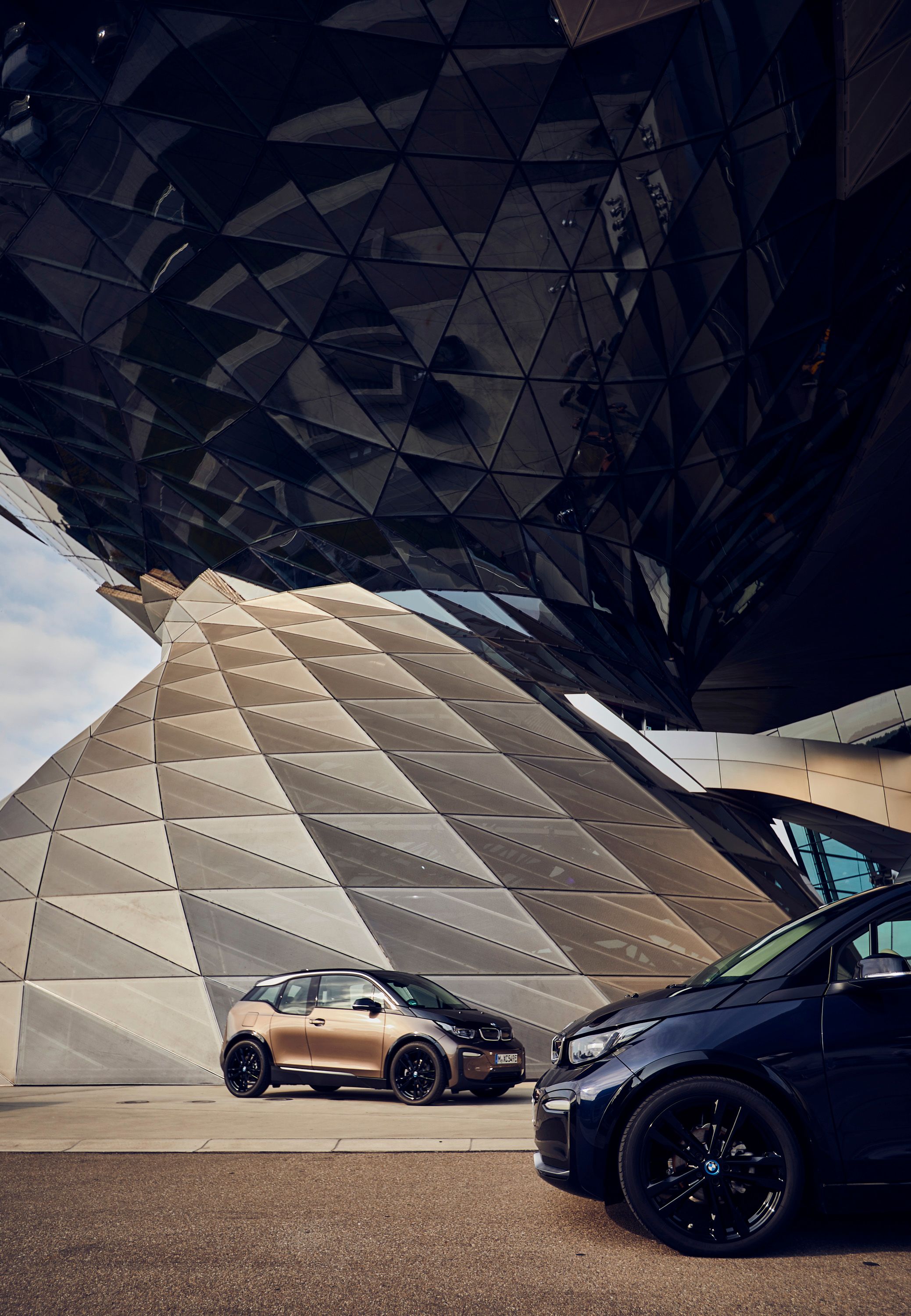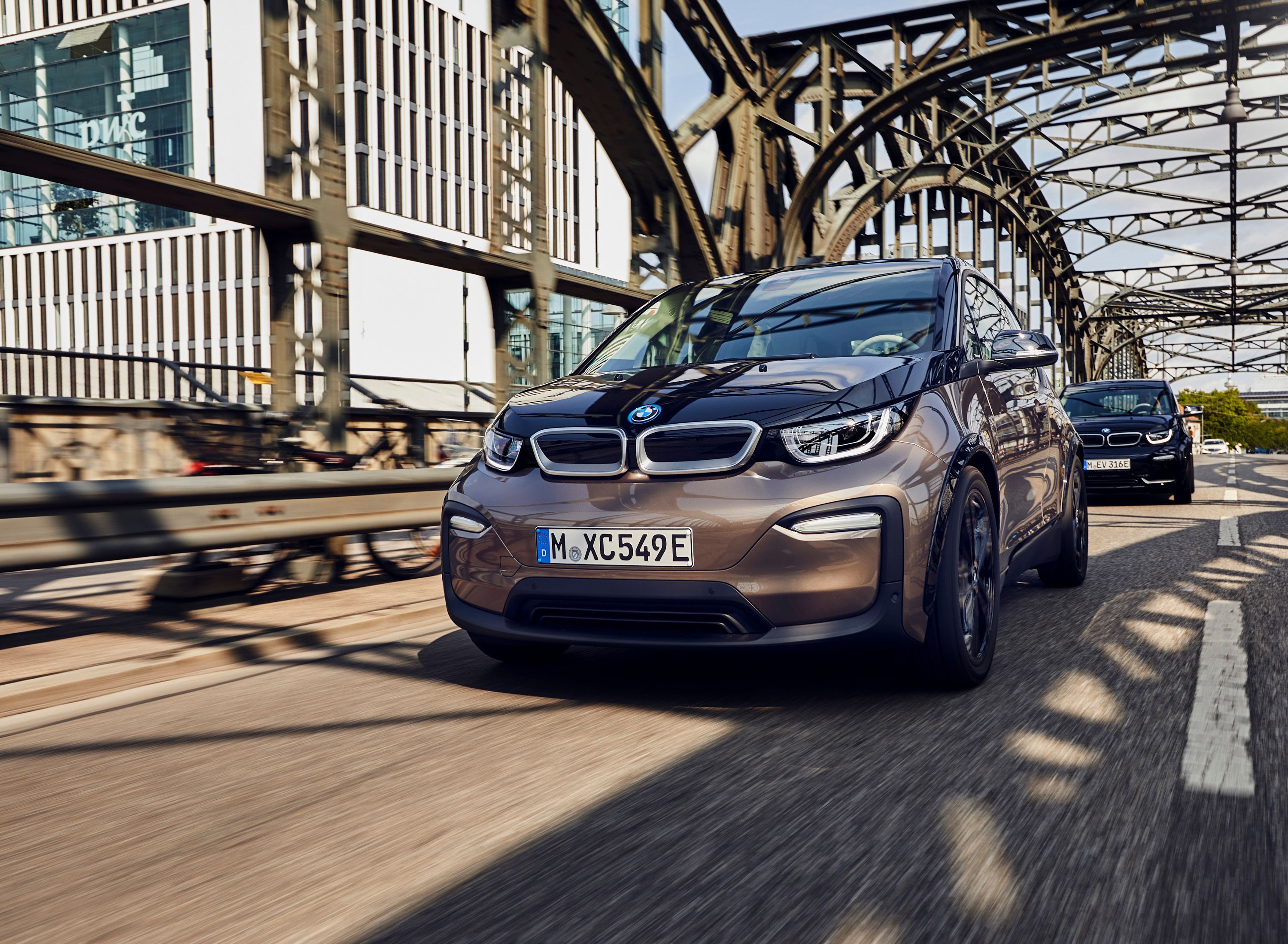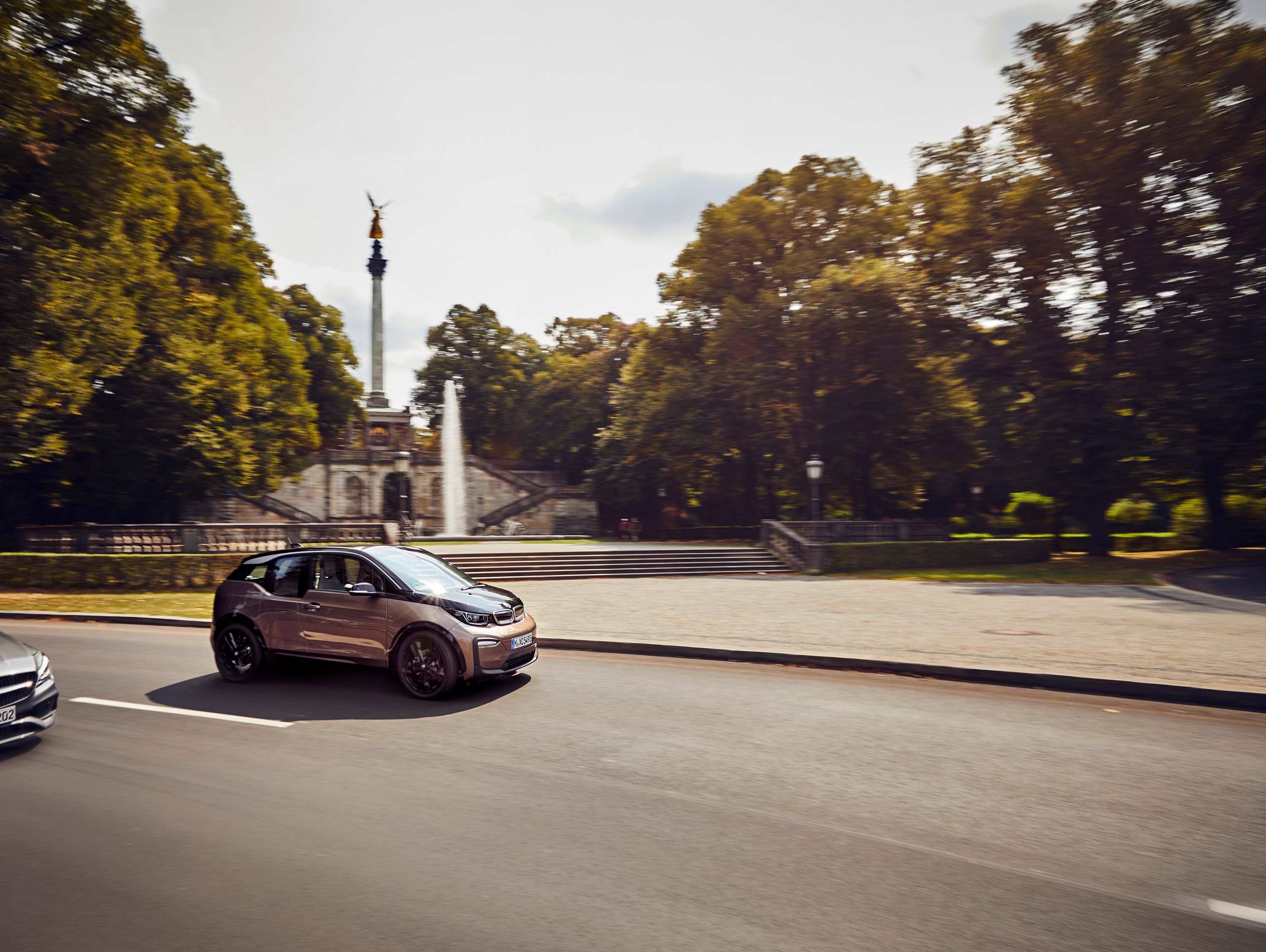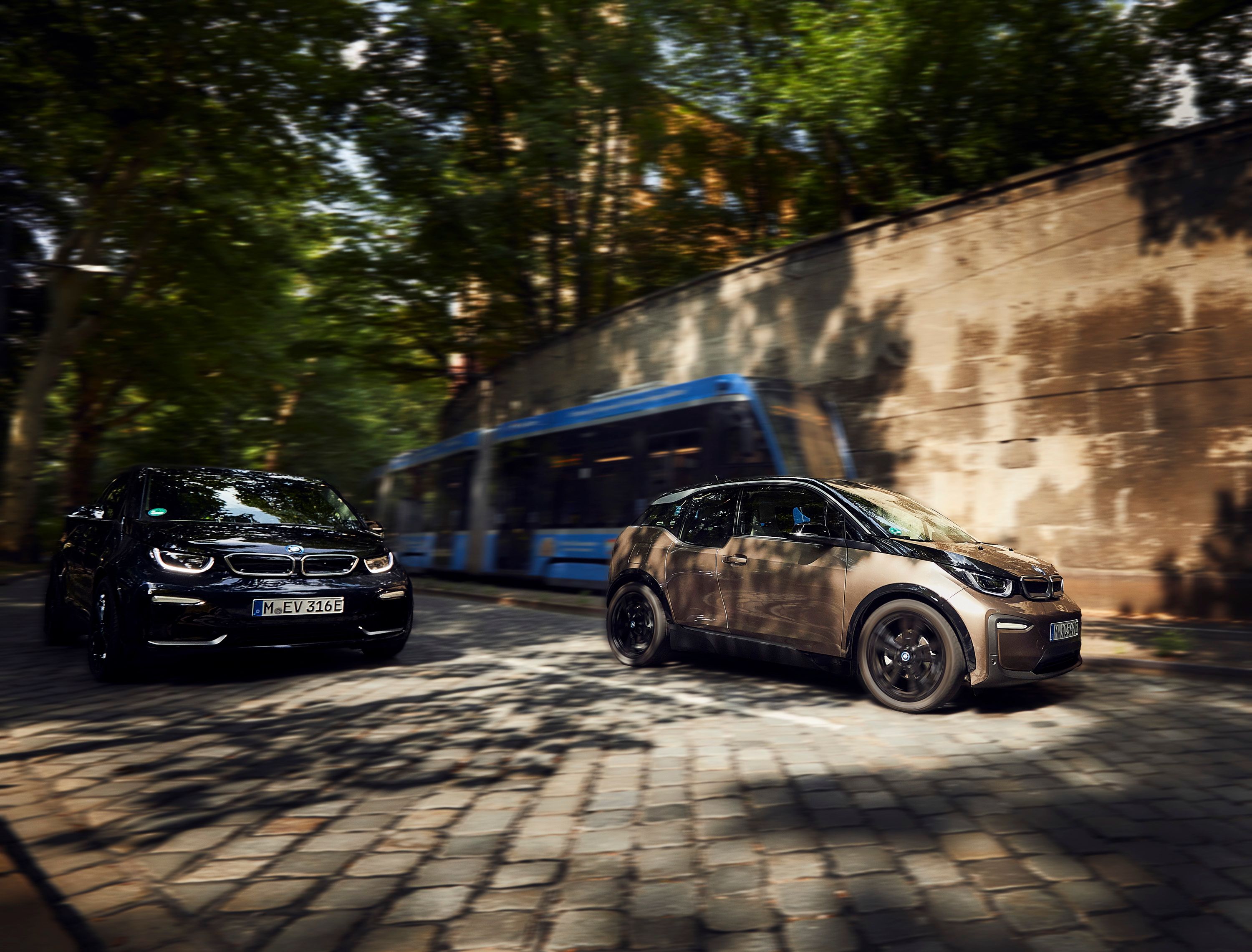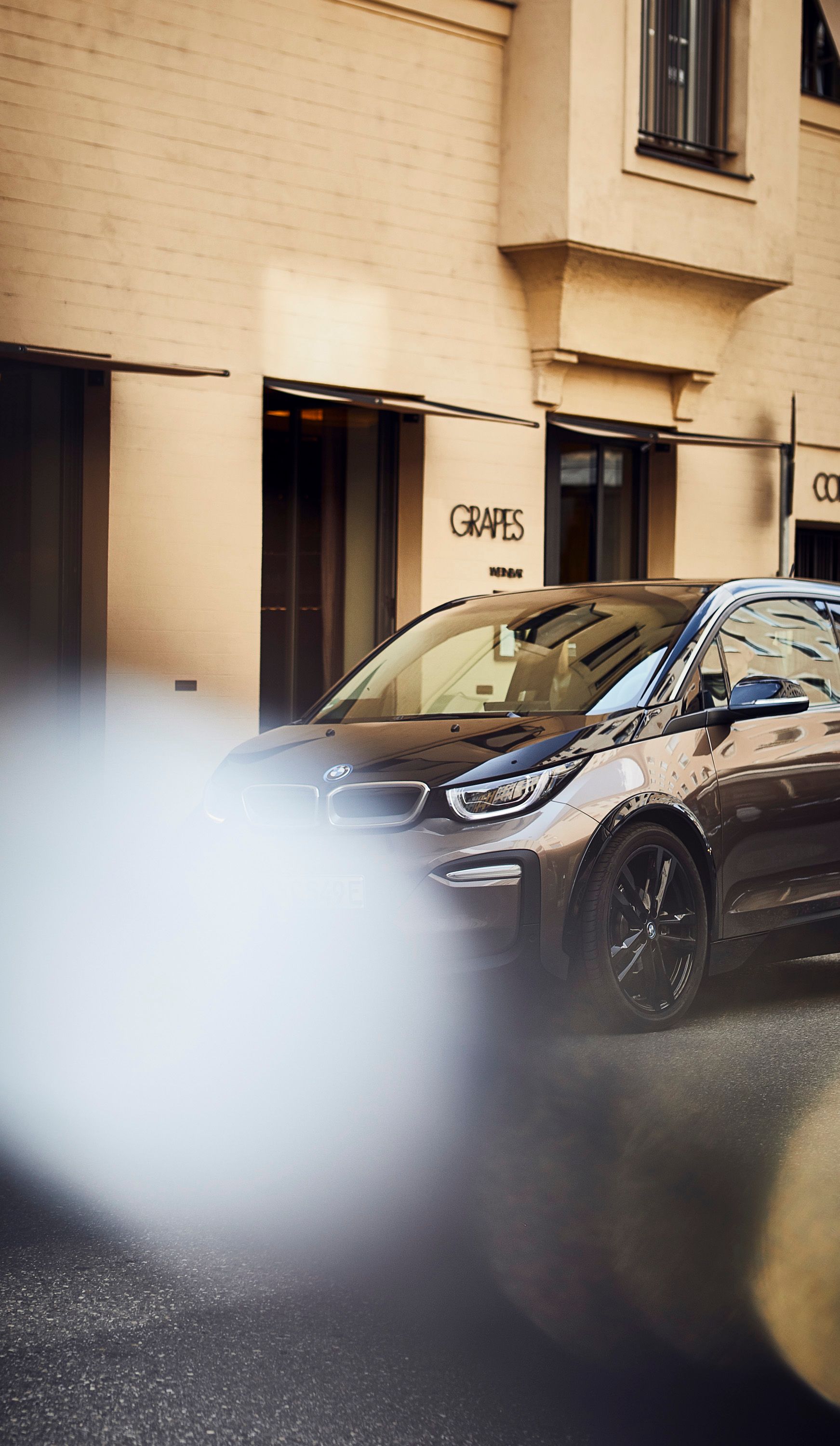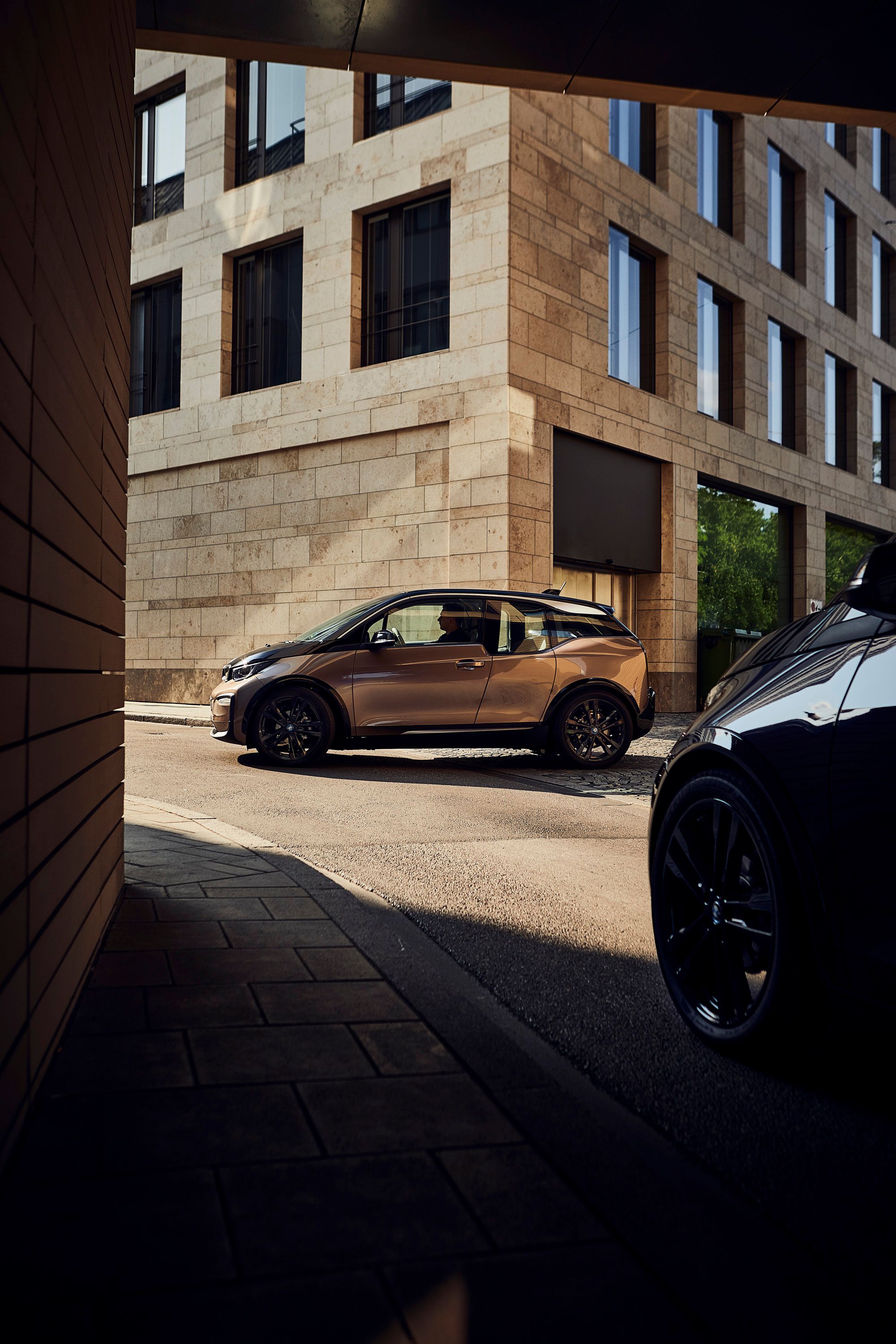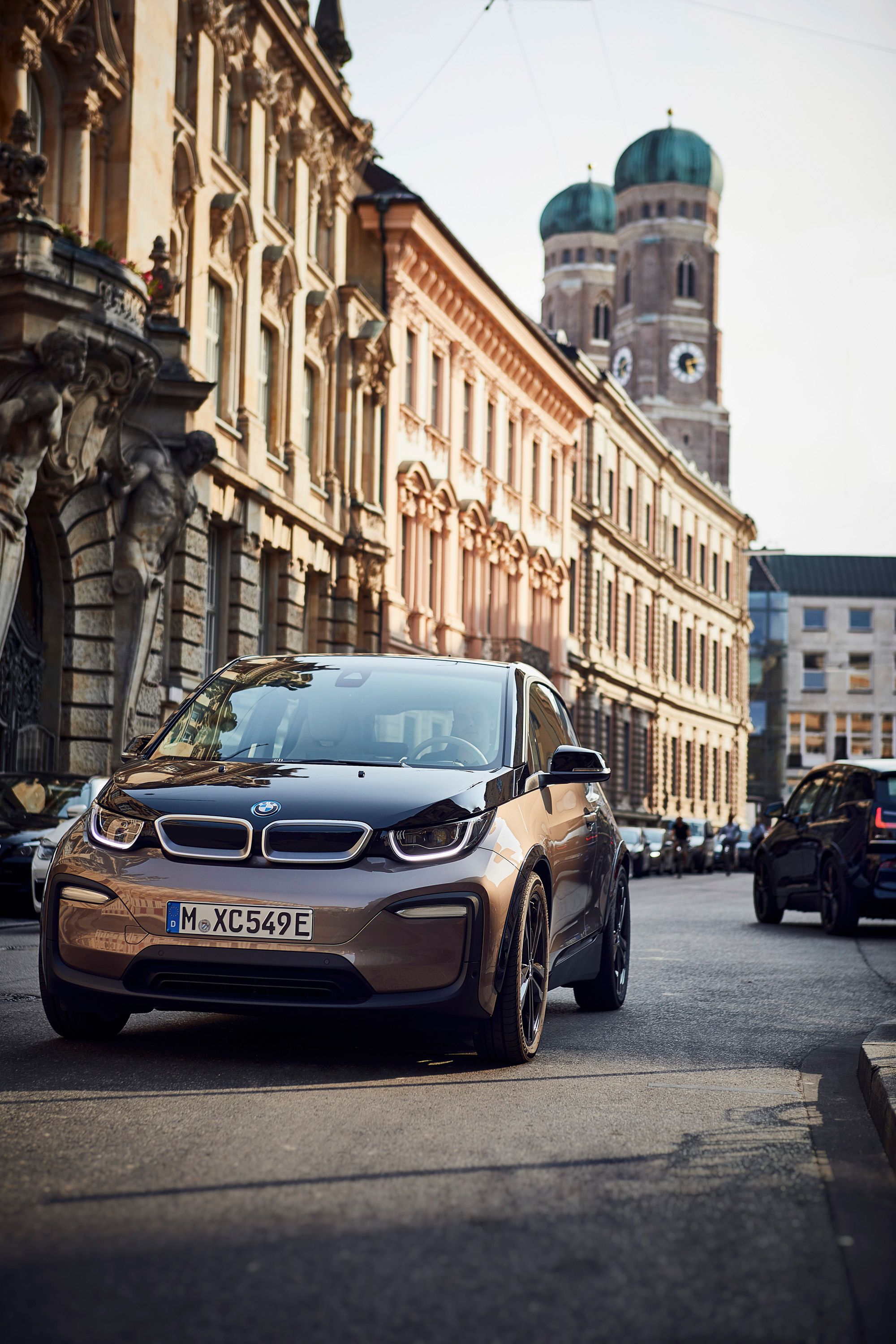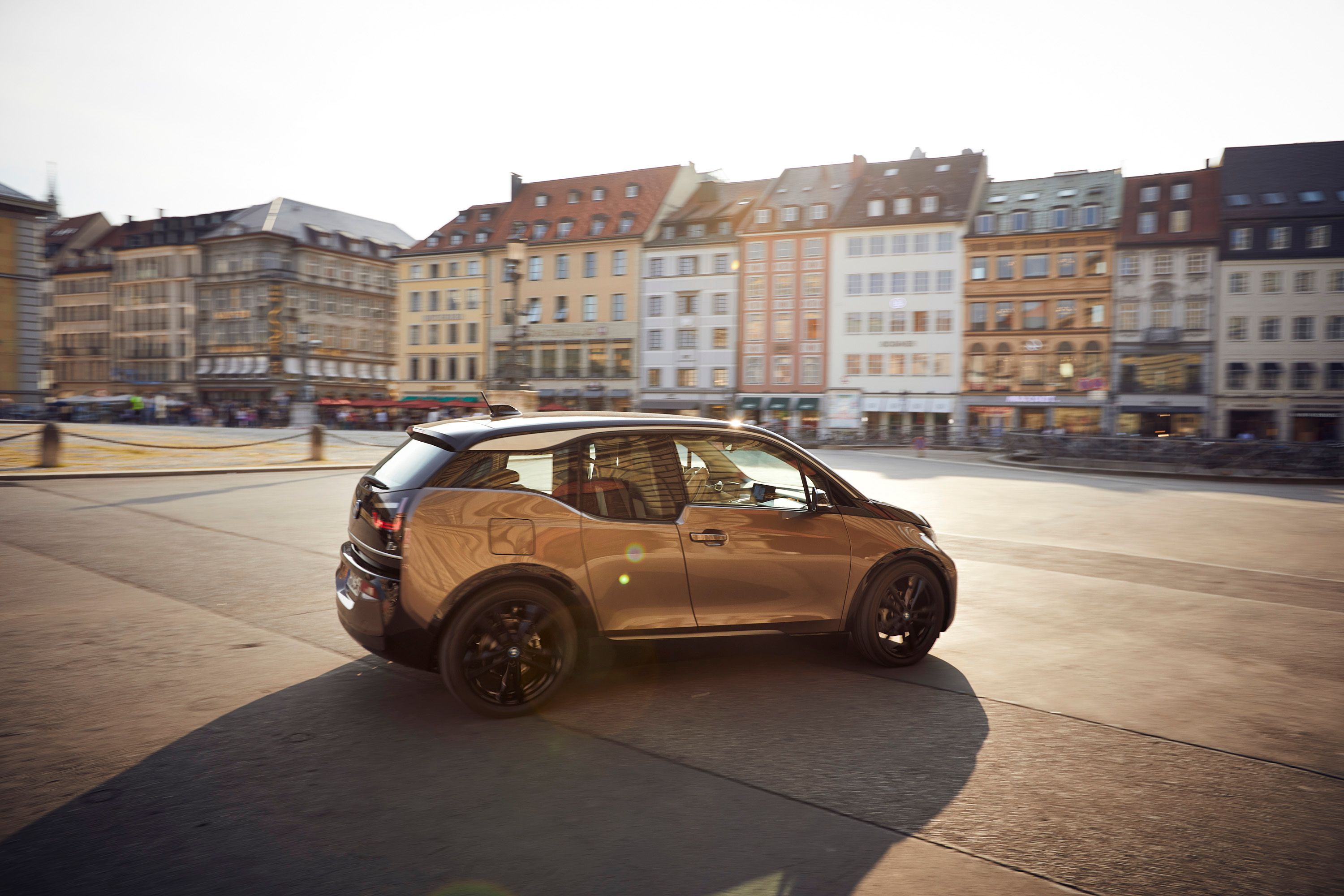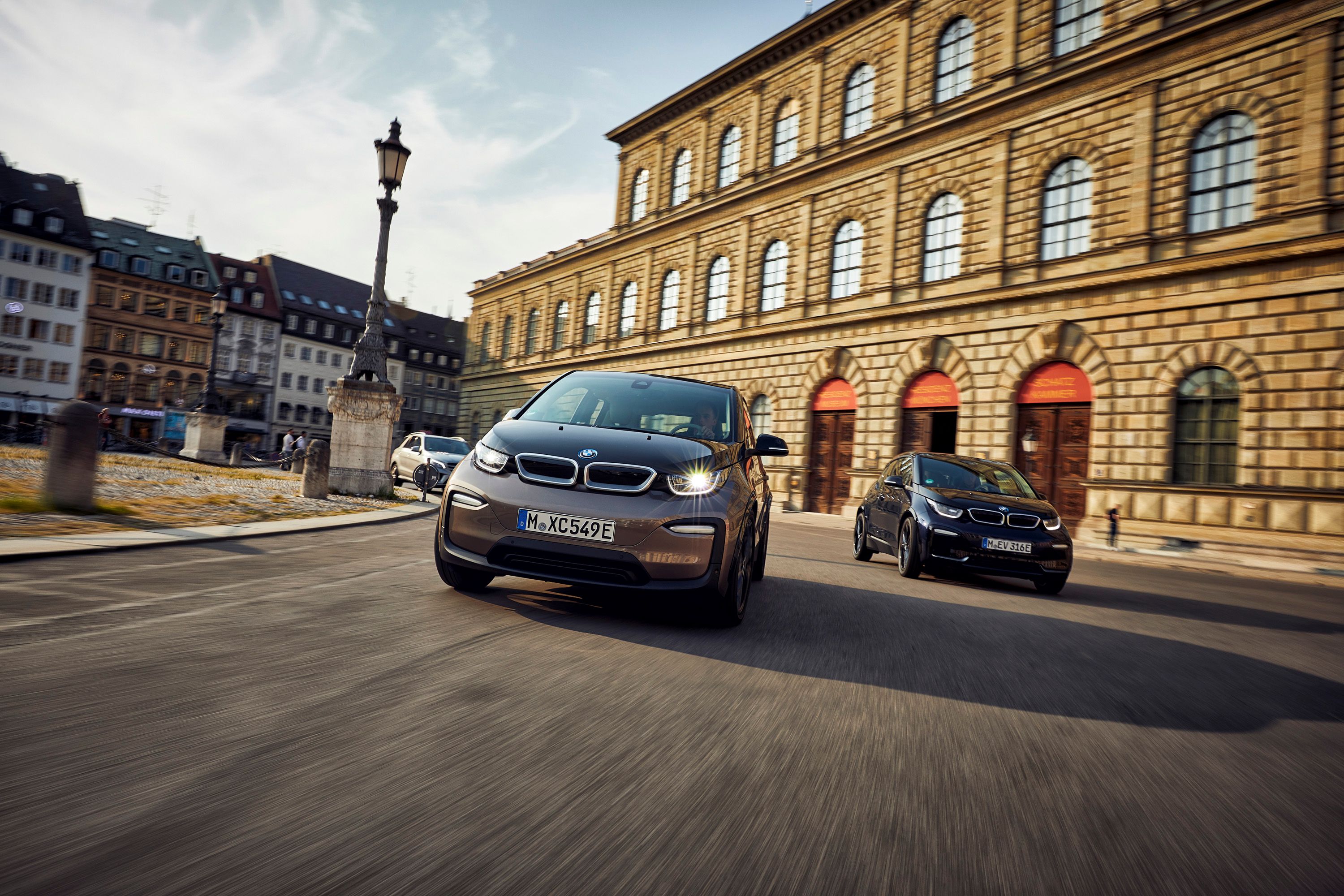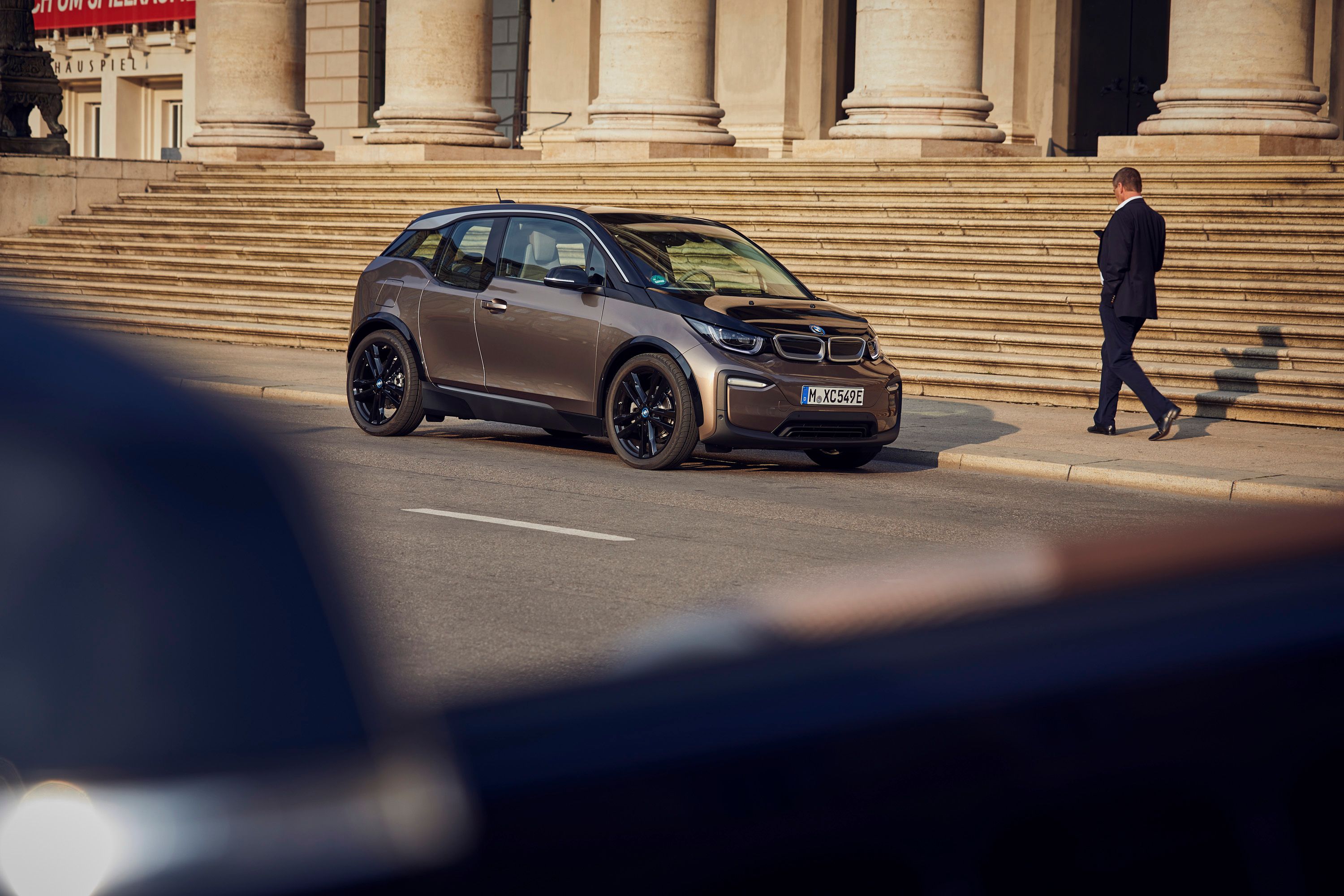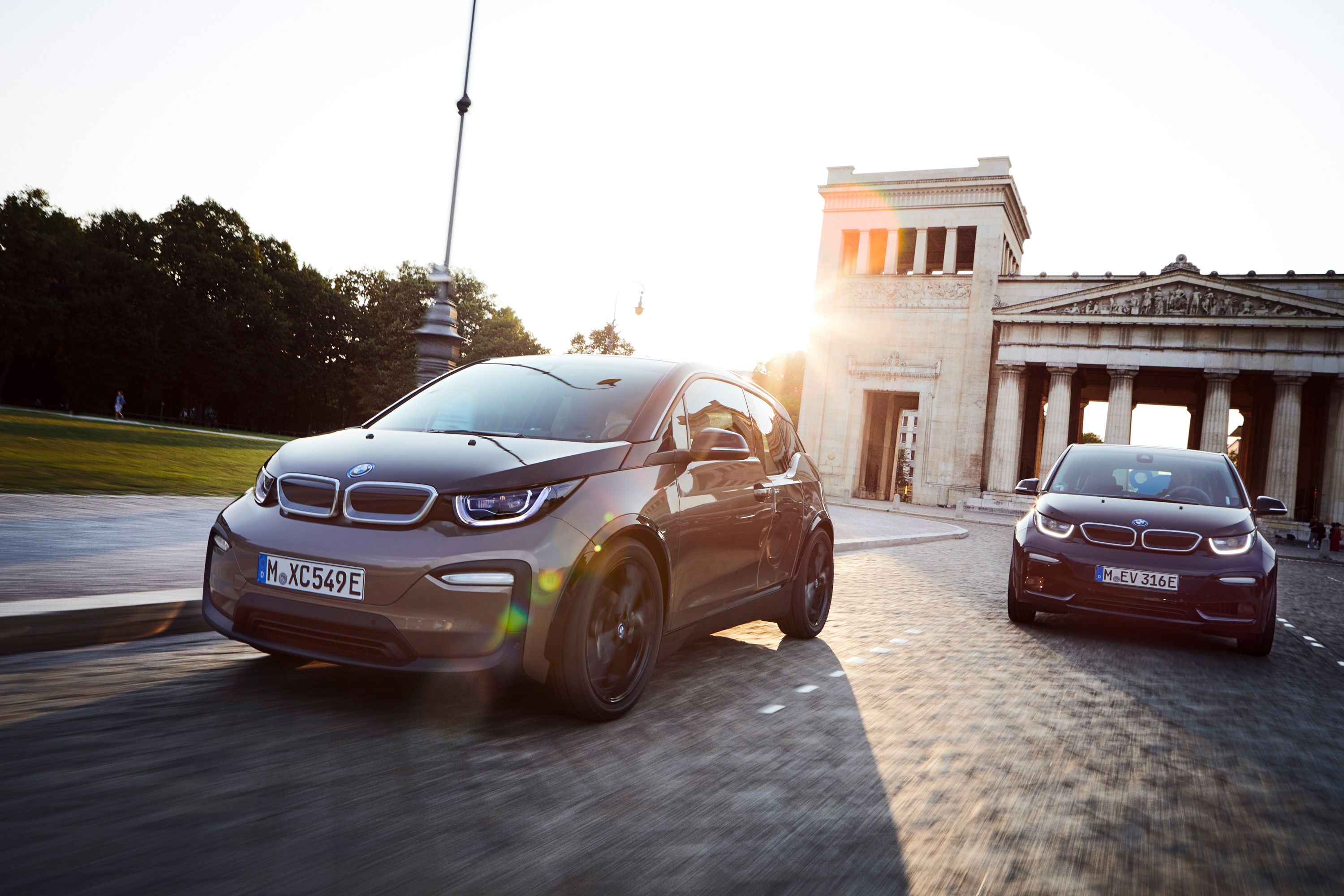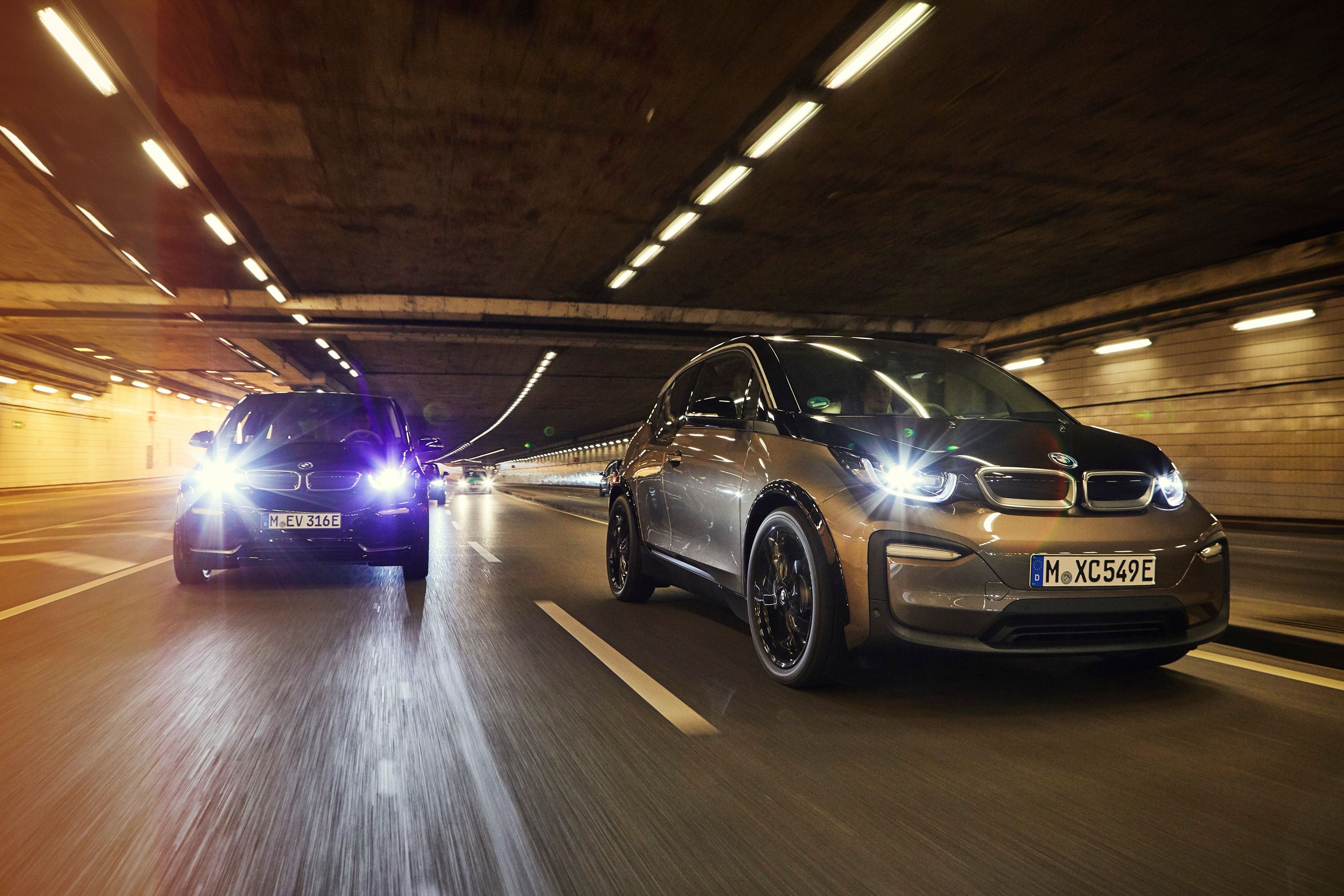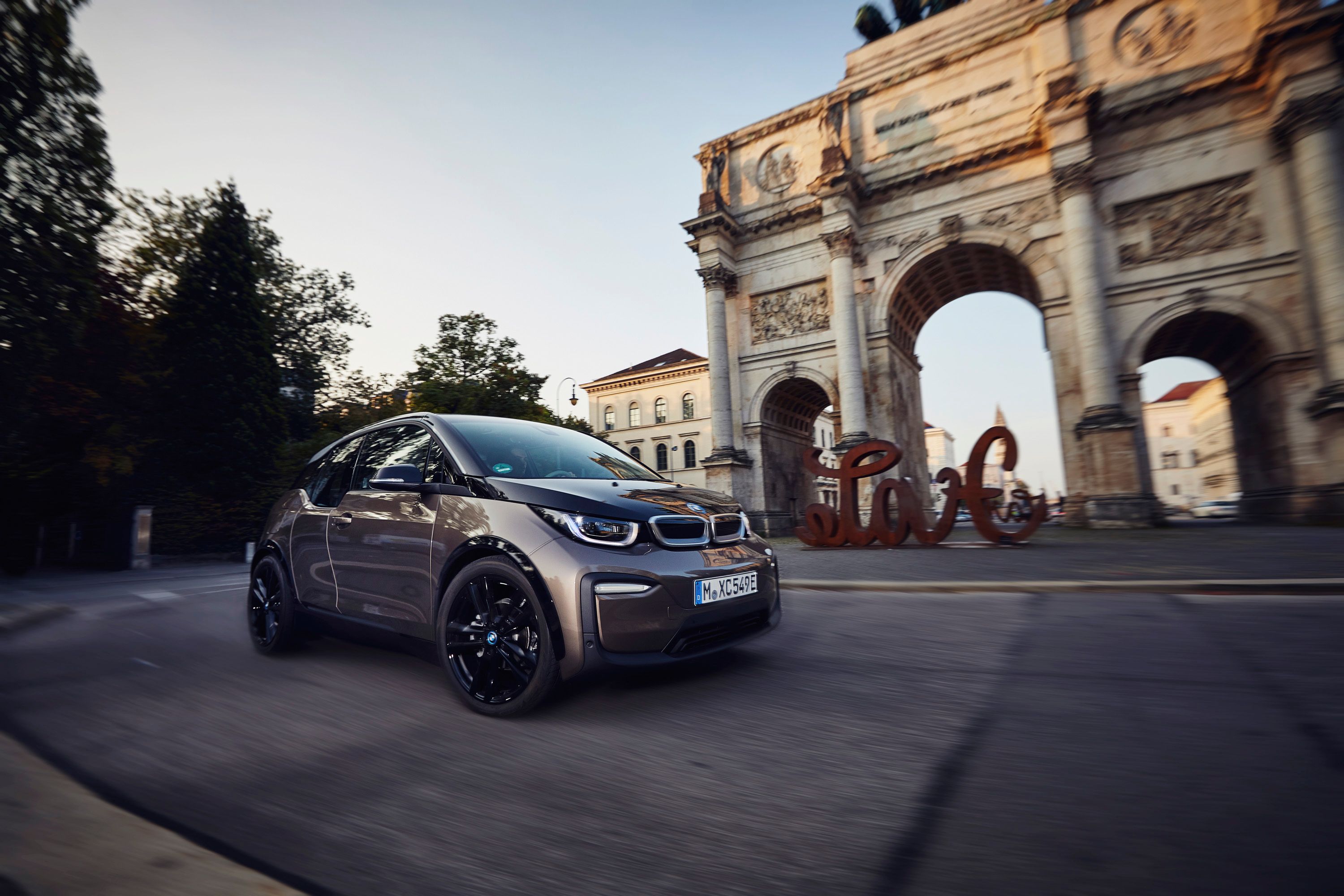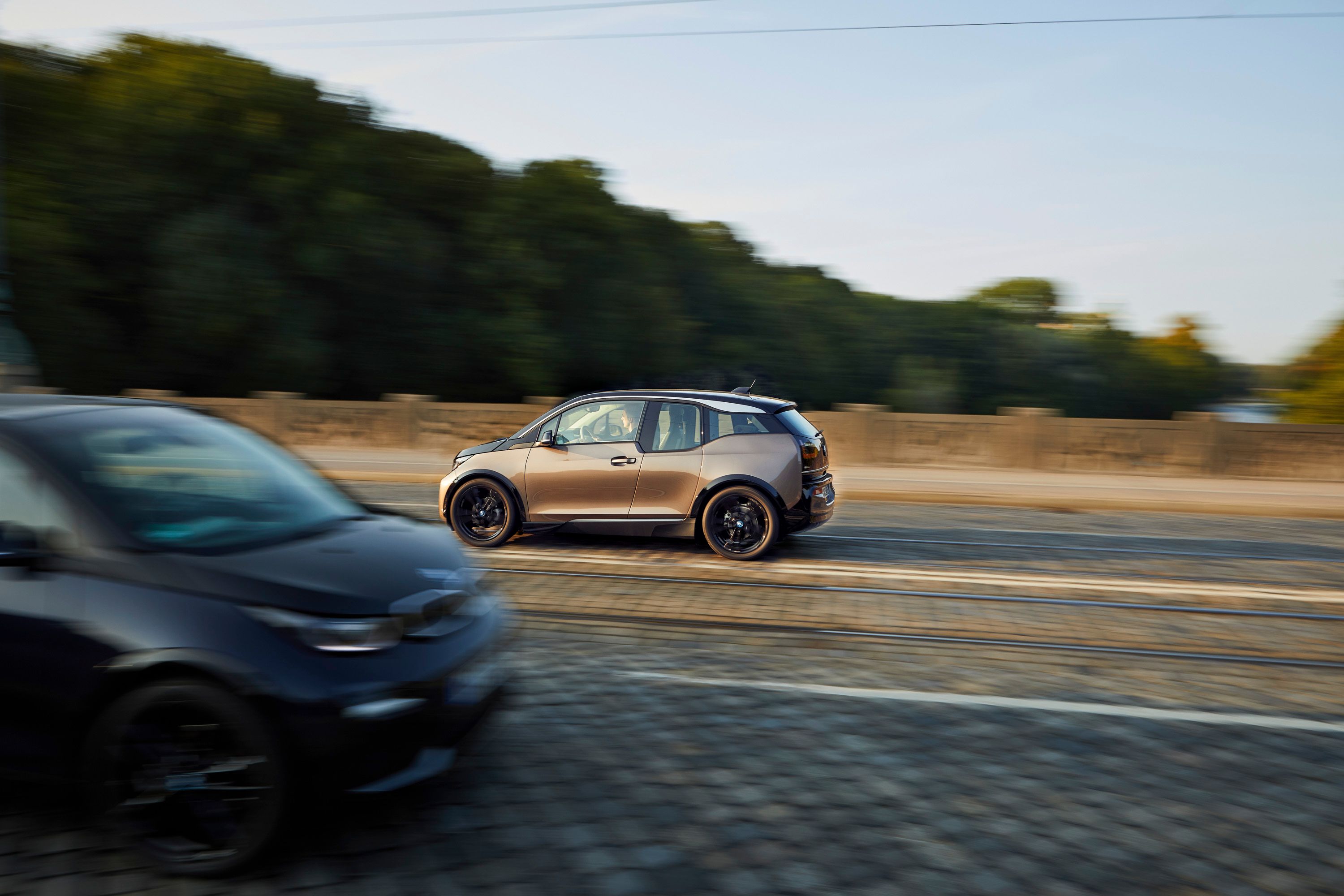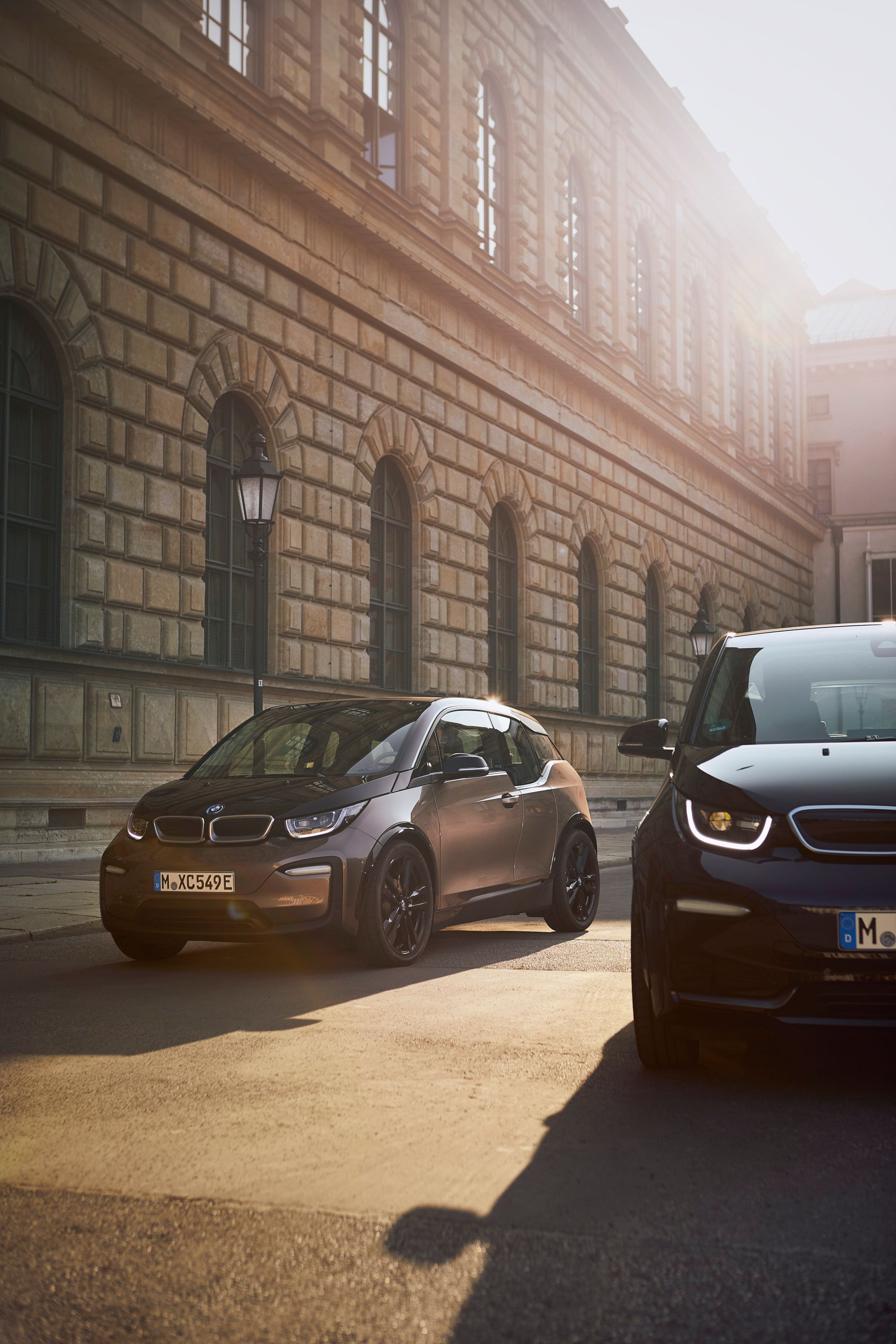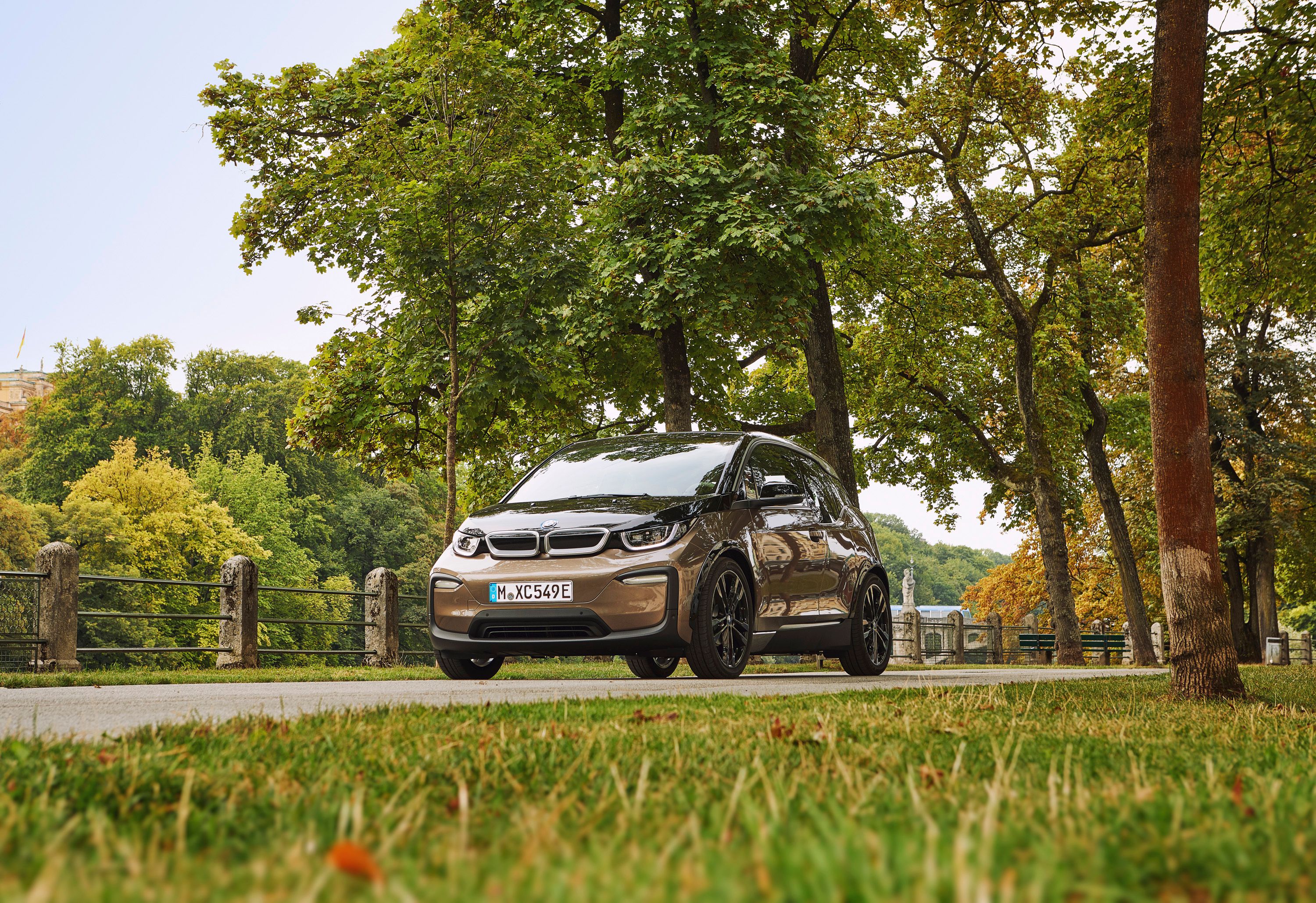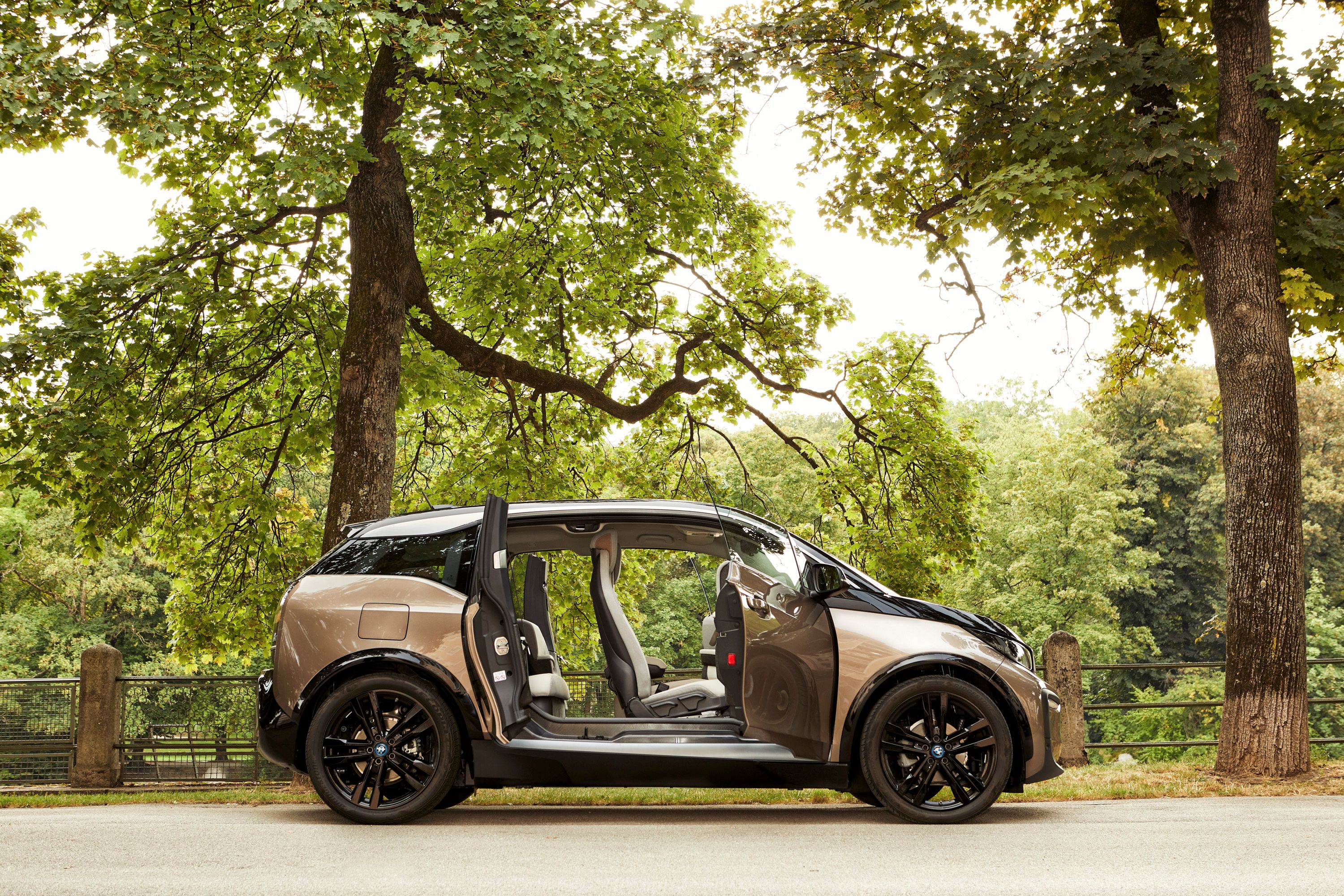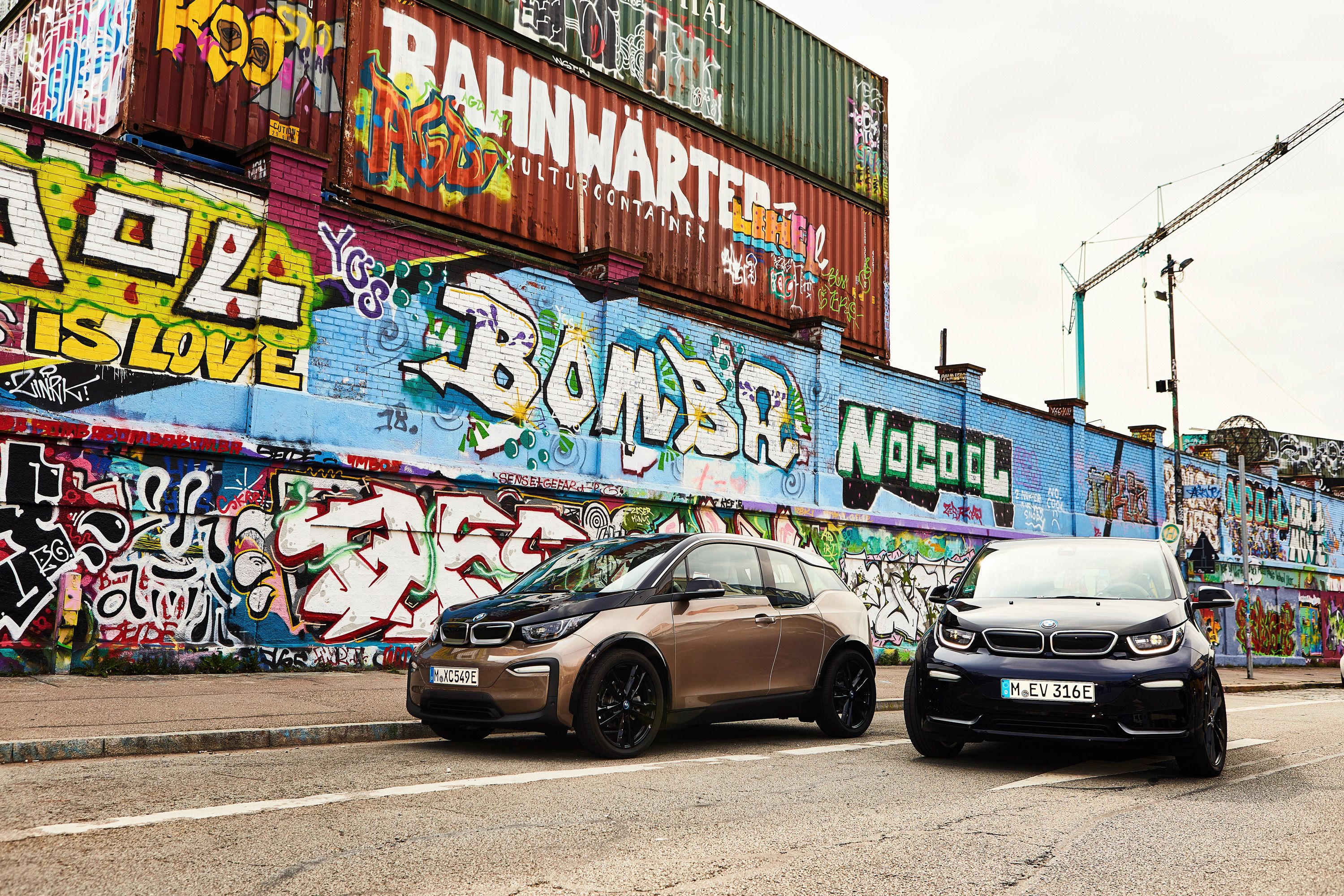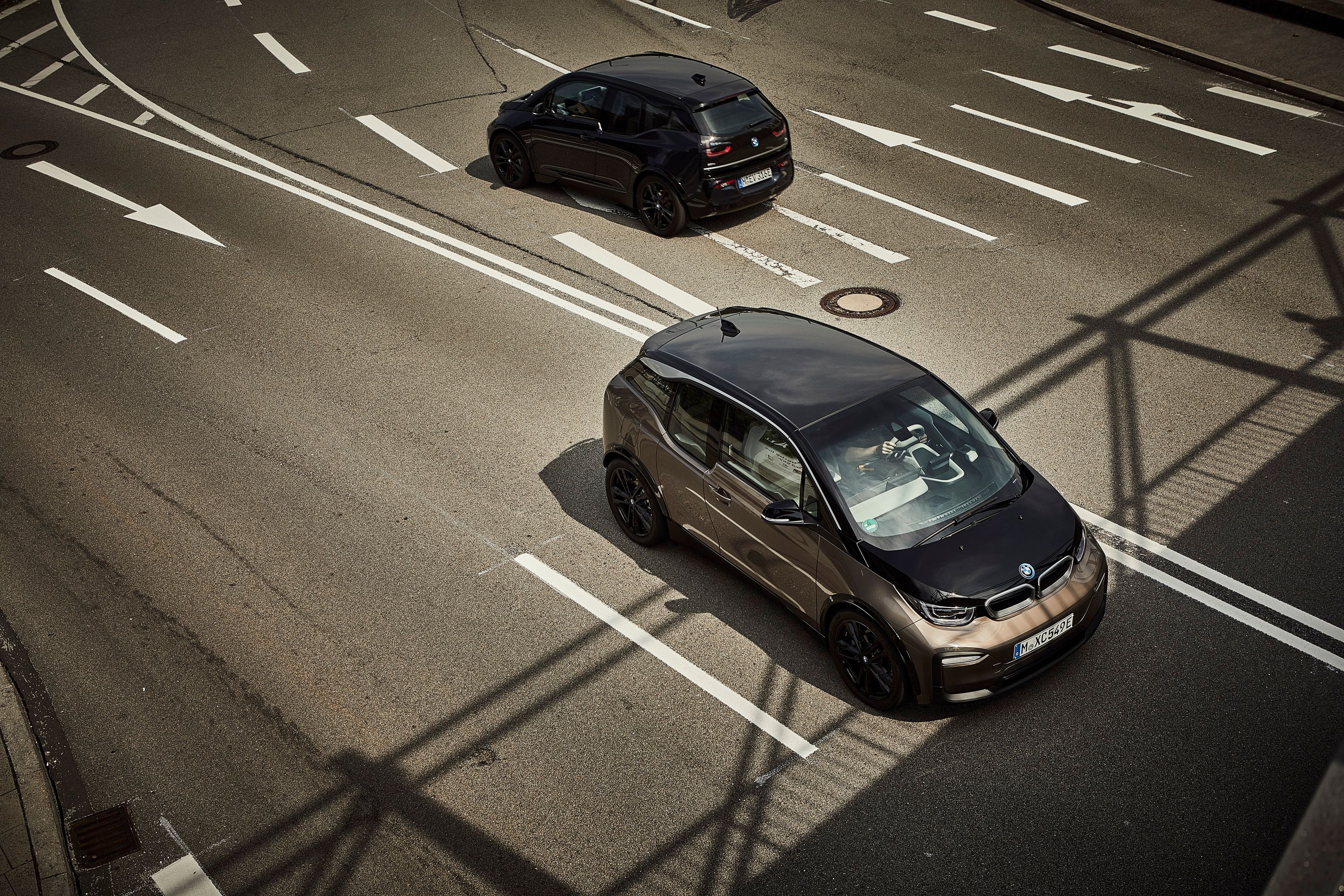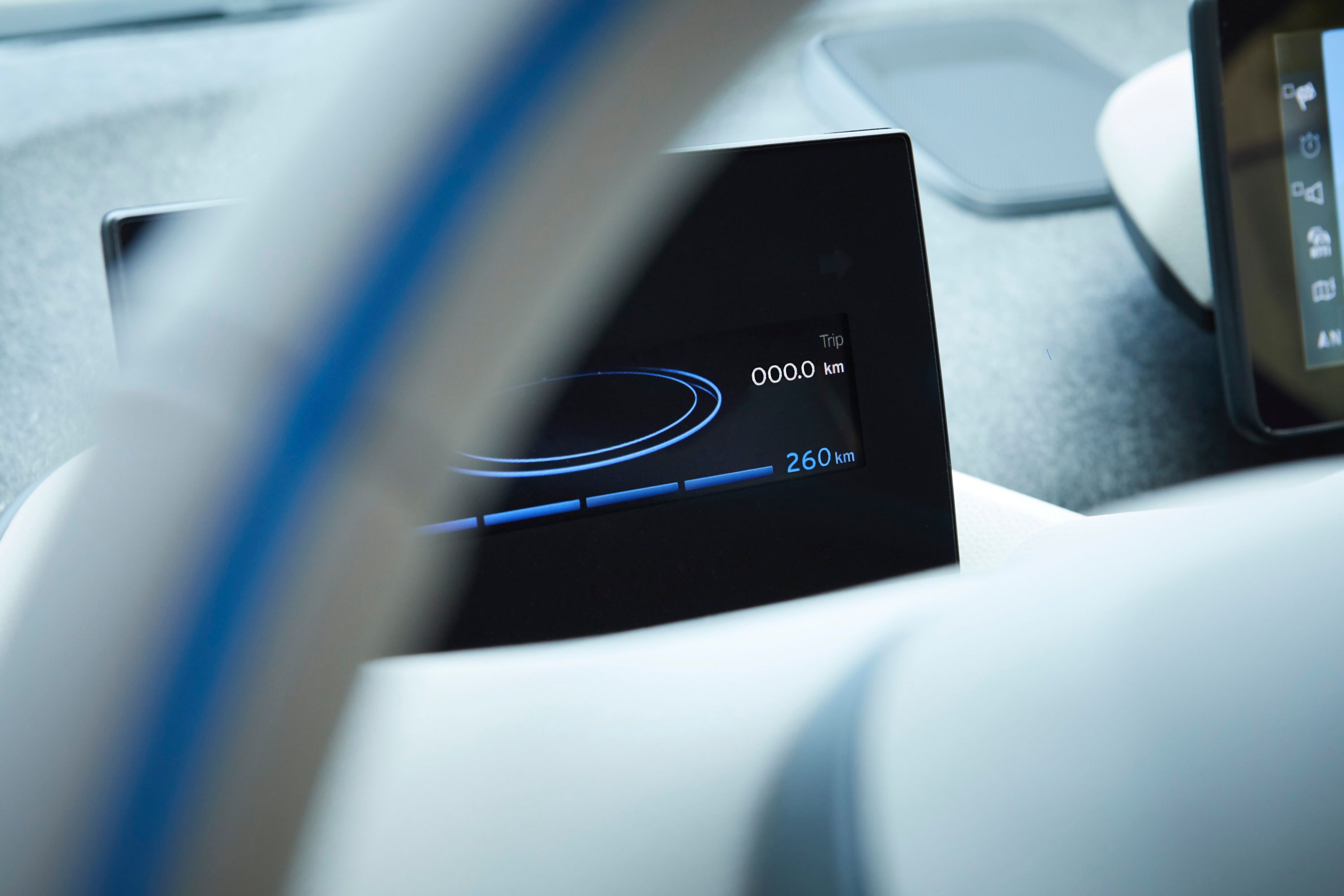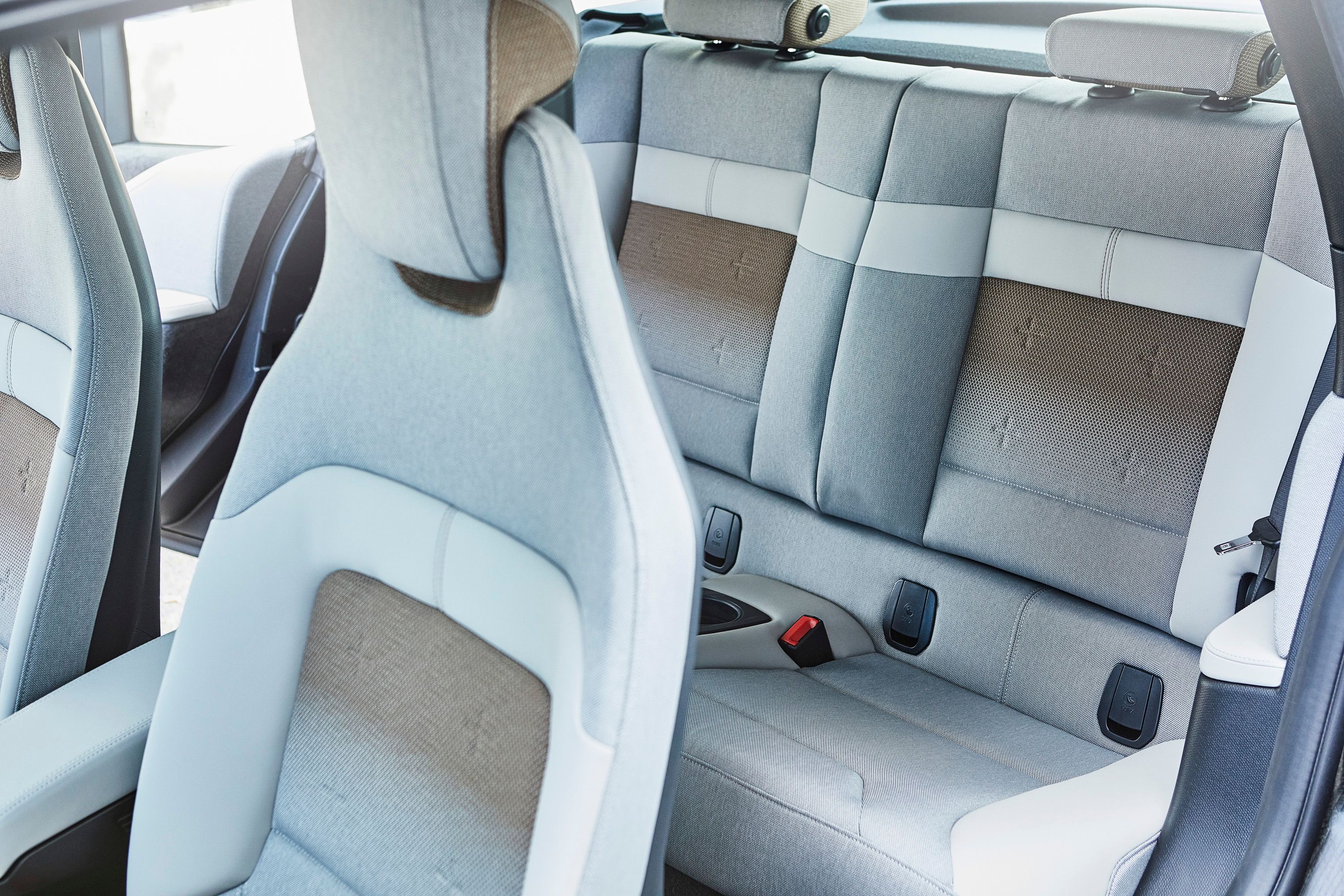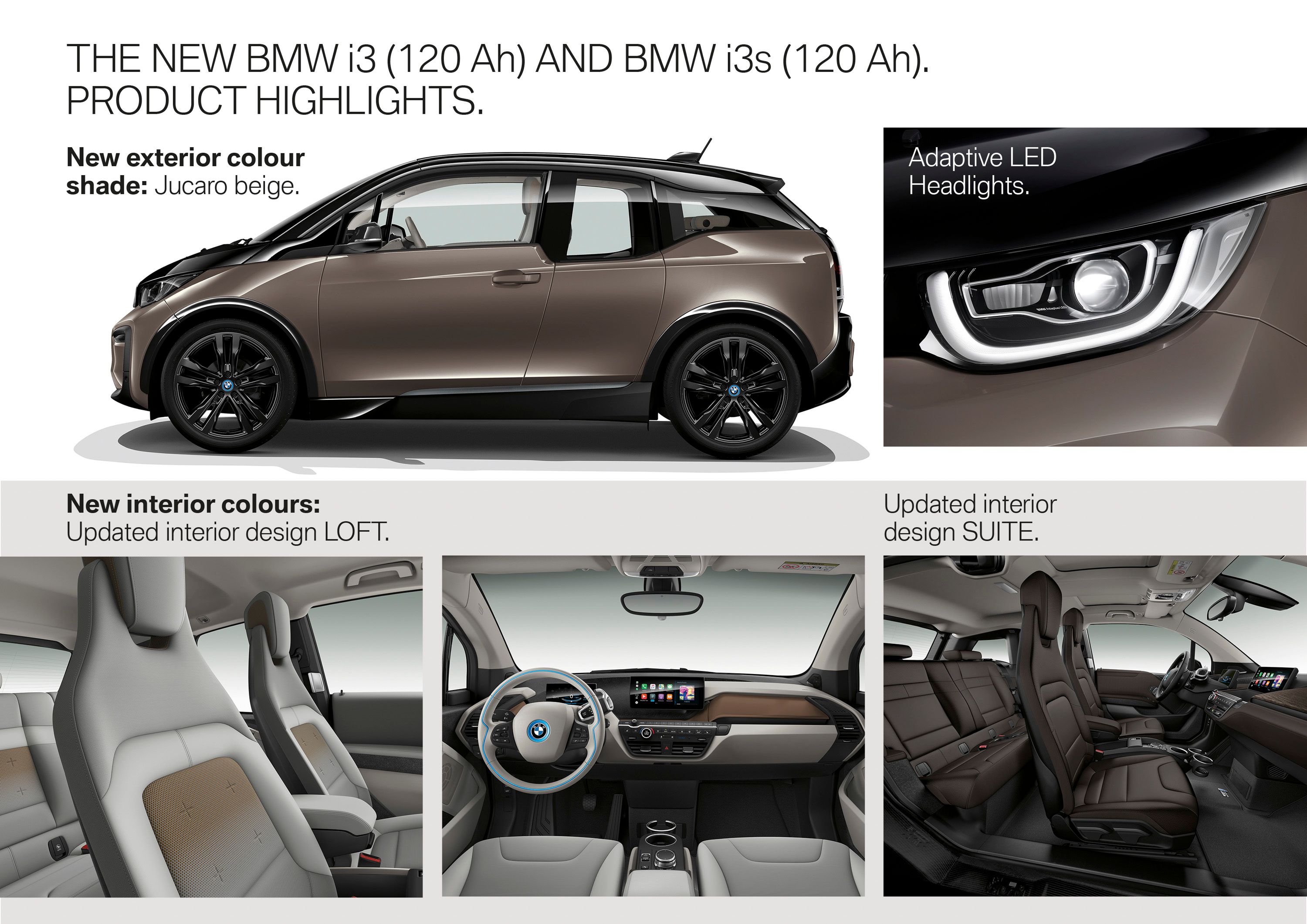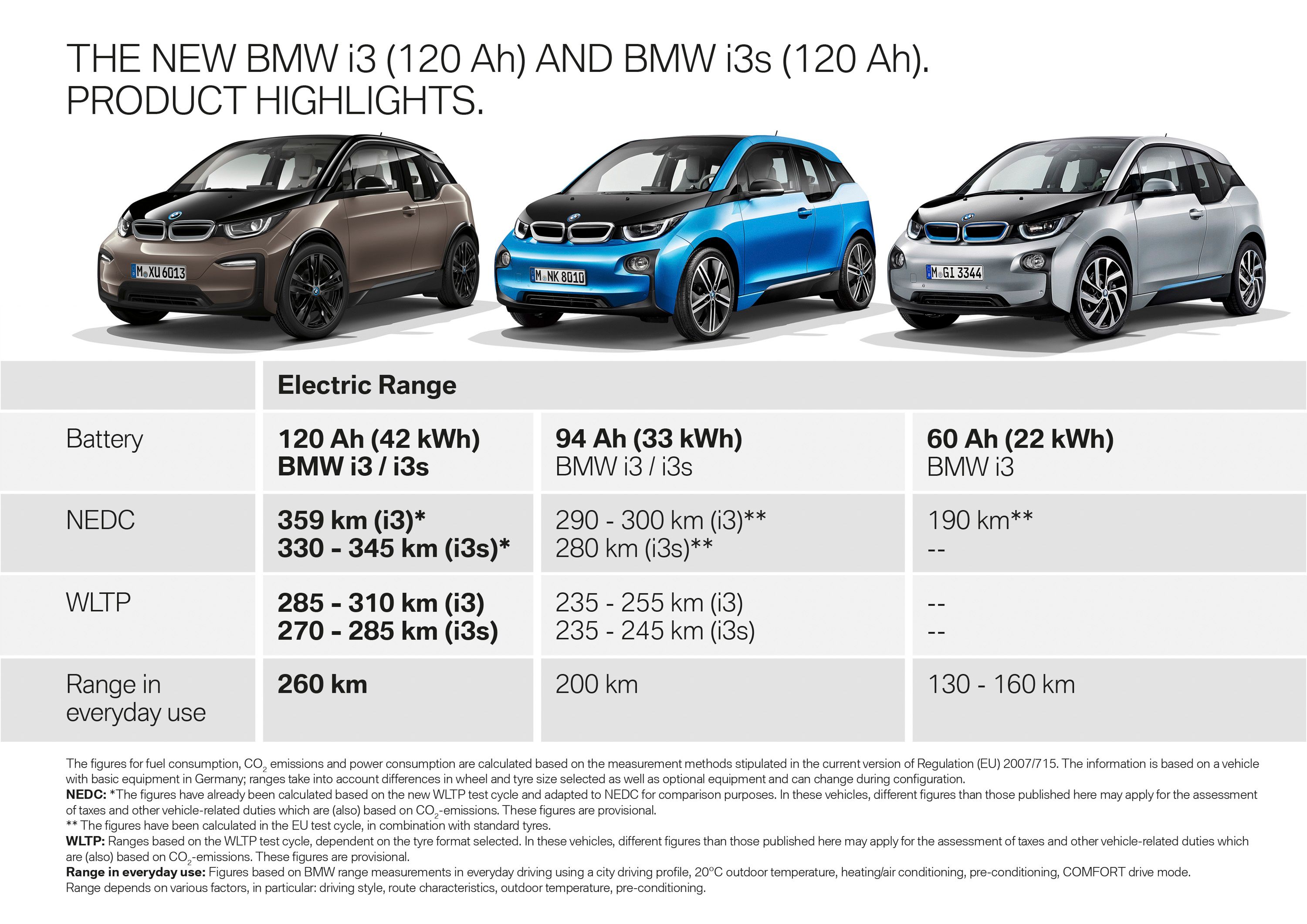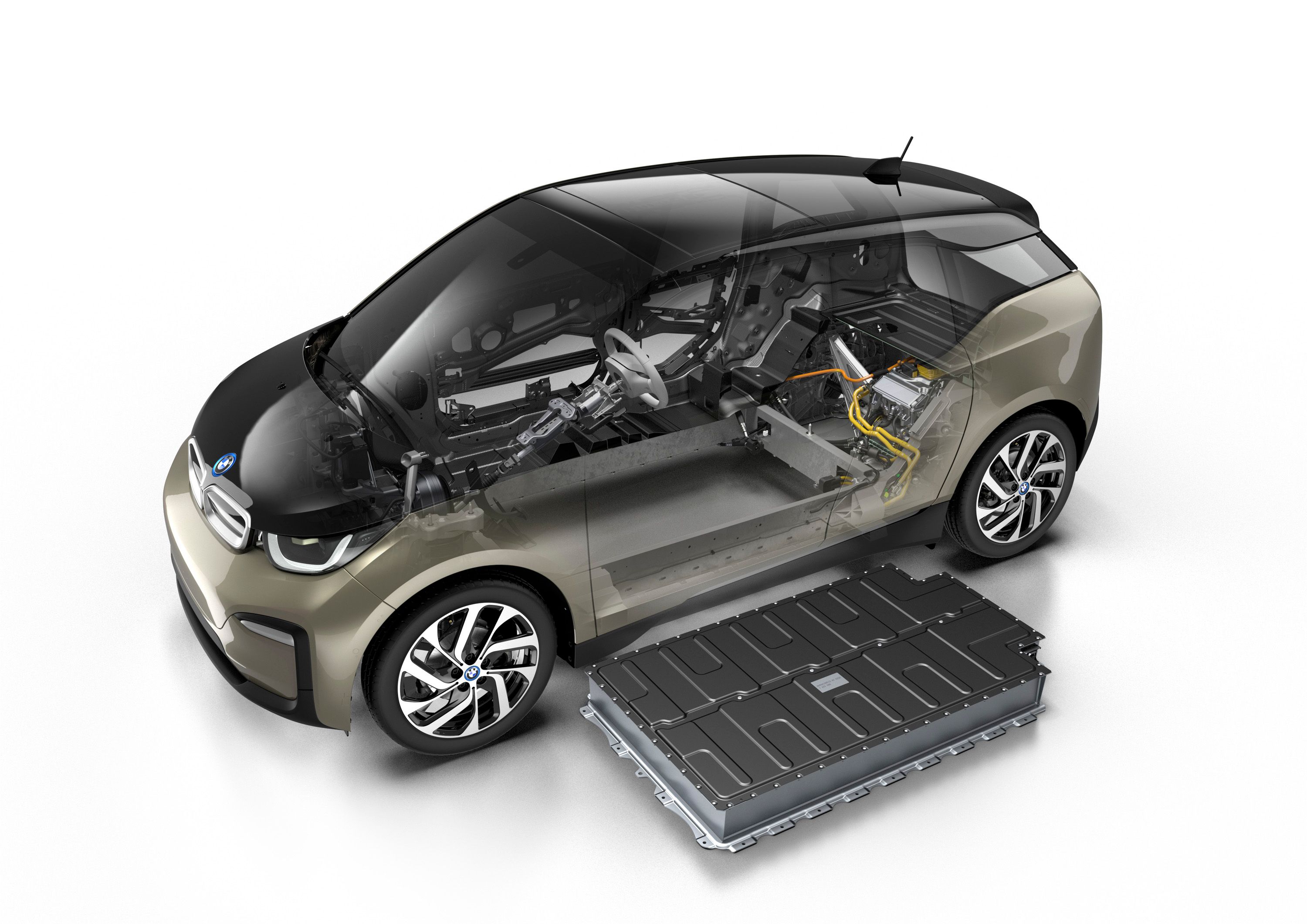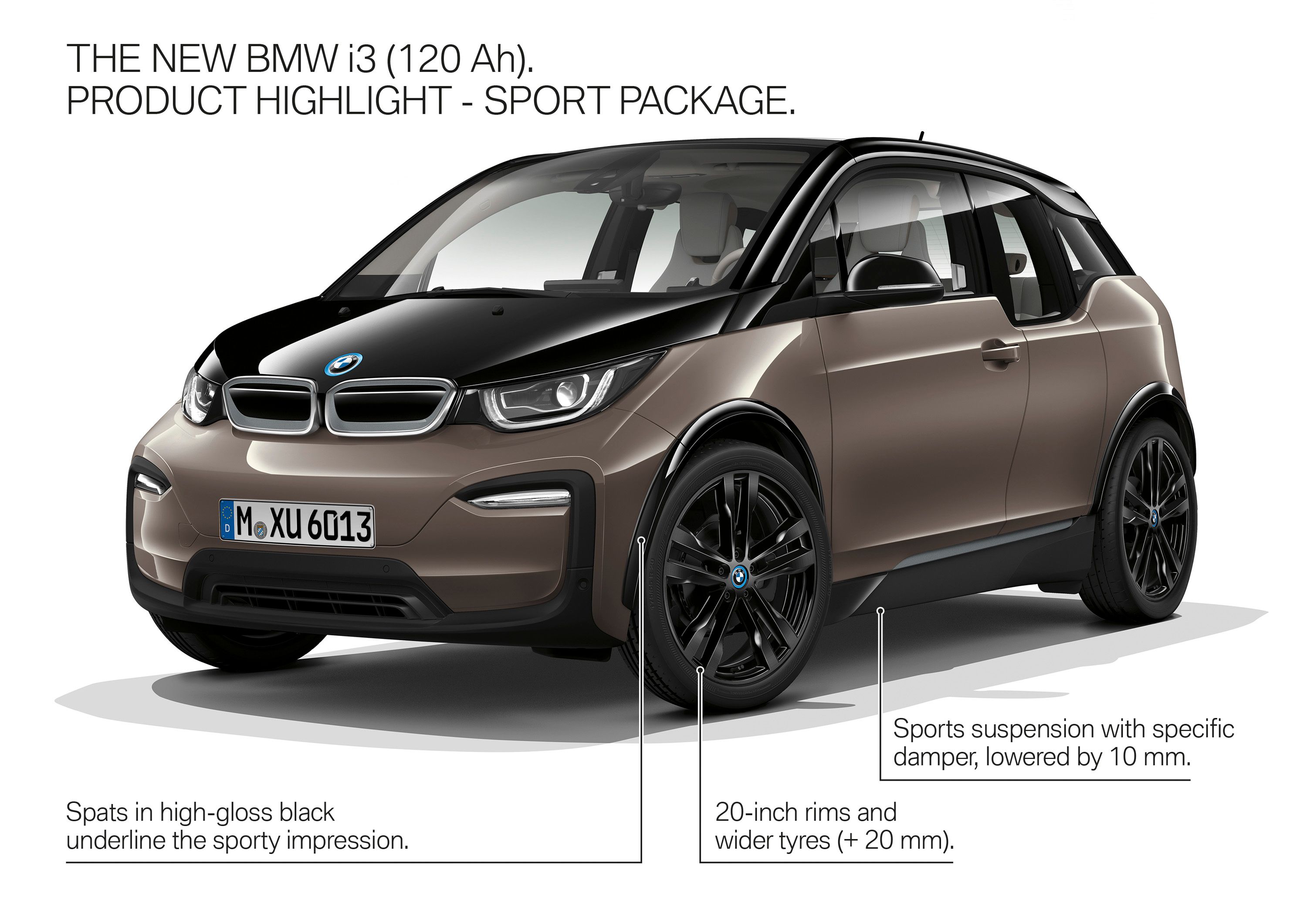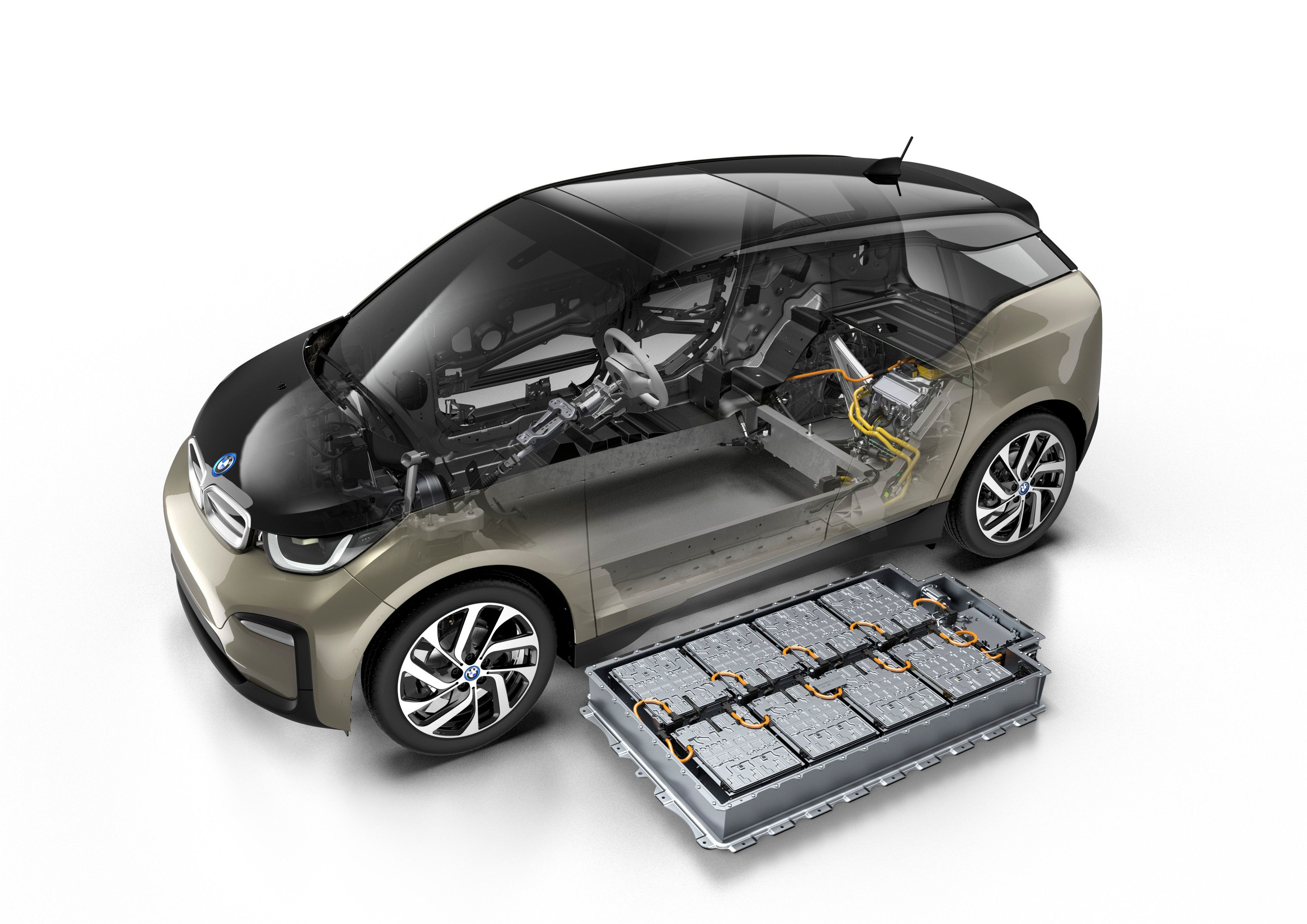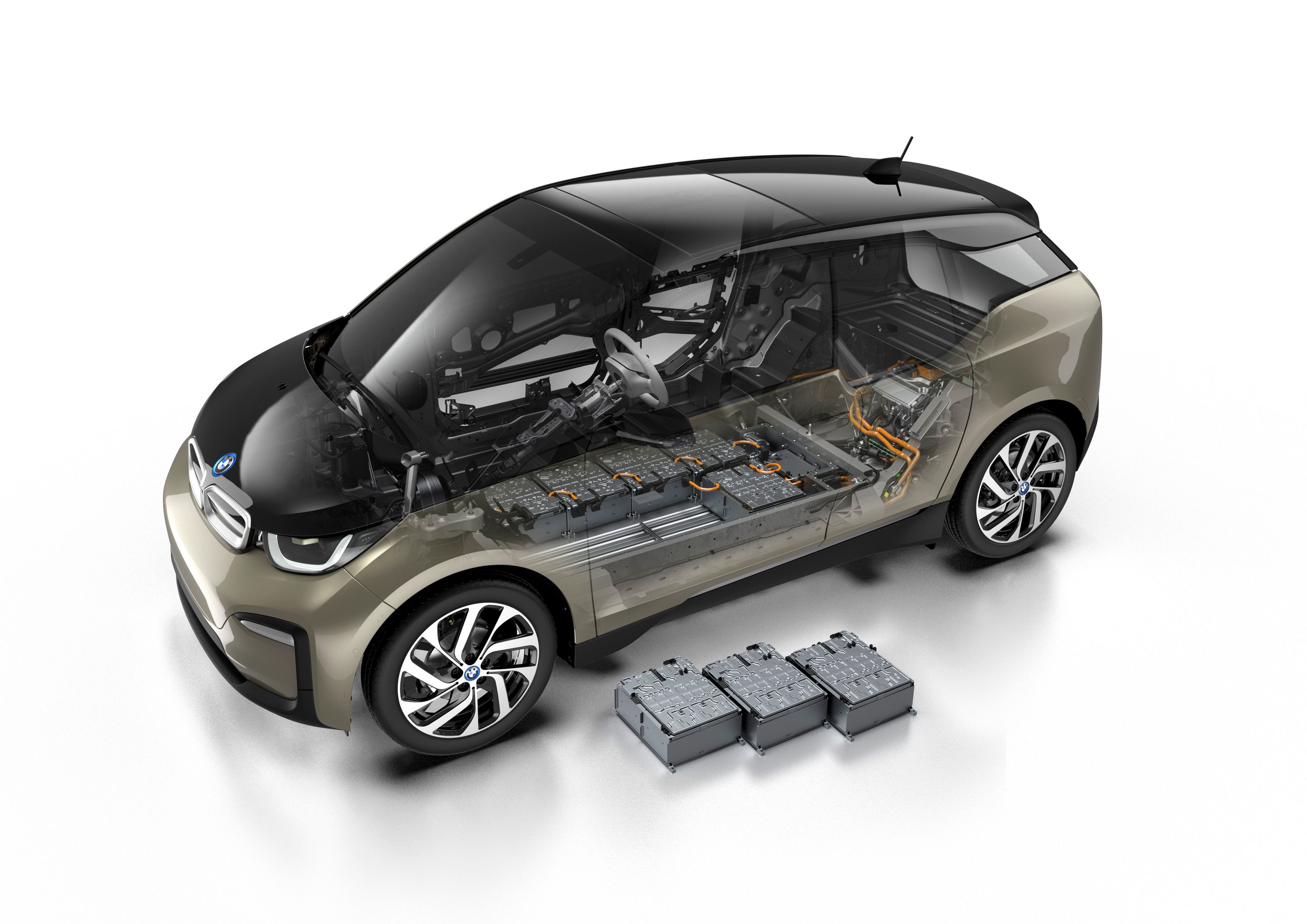BMW introduced the i3 in 2013 and literally invented the premium compact EV segment in the industry. Not to mention, it has been ruling ever since. However, the i3 has been facing some heat lately from other market players like the Nissan Leaf and the Chevrolet Bolt. In my opinion, it’s got the best looks and interior, but was lagging behind in its core duty – long travel range. But it seems like BMW has worked on this and has introduced the 2019 model with 120Ah battery pack.
2019 BMW i3 120Ah
- Make: Array
- Model: 2019 BMW i3 120Ah
- Horsepower: 170
- [do not use] Vehicle Model: Array
Exterior
The 2019 i3 is based on the LifeDrive vehicle architecture platform, which combines an aluminum chassis with a passenger cell made from carbon fiber reinforced plastic.
Interior
On the inside, however, one can find a lot of changes.
In terms of technology, the new i3 and i3s come with Wi-Fi hotspot and wireless charging tray. A navigation system that features iDrive 6.0, which was previously offered only with the Navigation Professional optional, also finds its place here.
Drivetrain
Battery
The BMW i3 provided owners with electric cars that were not just environment-friendly, but also fun to drive. Sticking to those very values, BMW has now increased the capacity to 120Ah and a gross energy content of 42.2kWh. When introduced, the i3 came packed with a 60Ah battery and range of 81 miles. BMW improved it slightly in 2017, giving the i3 a 94Ah battery and 115 miles driving range. Although the battery capacity has increased, the size hasn’t. It still sits deep in the floor with a cooling system to keep the batteries at an optimum temperature at all times.
Charging
It takes 15 hours to recharge the battery if using a regular 2.4W output. If charged using BMW’s iWallbox with a capacity of 7.4kW, it’ll take 3.2 hours.
Prices
Pricing has been announced only for the U.K market for now. The i3 starts at £35,180, while the i3s costs from £37,670 in the UK. As of today, the conversion translates to around $46,000 for the i3, and $49,000 for the i3s. A little too high, right?
Competition
Chevrolet Bolt
The Chevrolet Bolt has been on the i3’s back for a very long time. It is one of the cars that is just not letting the BMW i3 rule the market. The Bolt is Chevrolet’s first mass-produced electric car and even sells under the Opel Ampera-e badge in Europe. The Bolt breaks the rather conventional design language of the Chevrolet stable. It’s like the designers were told to use their full creativity on the Bolt. The Bolt is also pretty fancy on the inside. While it’s not made from recycled and sustainable materials, it feels modern and more upscale than a typical Chevy. It’s loaded on the tech-front as well, with an impressive list of features, including Bluetooth connectivity, personalized settings, MyChevrolet App, 4G LTE Wi-Fi hotspot, Apple CarPlay, and Android Auto, just to name a few.
Despite the i3’s big improvement, the Chevy Bolt seems to still be in another league. If not for the BMW brand value, the Bolt would be sitting on top of the list with a heavy lead. The drivetrain is a 200-horsepower and 266-pound-foot electric motor with an estimated range of 238 miles. Charging, however, takes around 9.5 hours. This is where Chevrolet needs to improve the Bolt. In pure numbers, it is better than the i3 but falls a millisecond short against the i3s in a 0-62 mph battle. Top speed is on par with the i3, but lesser than the i3s. The Chevrolet Bolt retails for around $37,500. If not for the BMW badge, and the sexy looks, my pick would be this American beauty.
Read our full review on the 2018 Chevrolet Bolt.
Tesla Model 3
A brand born as an EV-only, Tesla has a car in all shapes and sizes. Here, we are pitting the Model 3 against the BMW i3, even though it’s not a hatchback. The Model 3 is a smart looking sedan that is almost as long as the BMW 3 Series. The plain-jane looks goes well with about everyone and hardly draws any polarizing opinions. On the inside, the car lacks the bells and whistles but borrows technology from the future to make up for it. Basically, everything is operated from the Brobdingnagian touchscreen found on the center console. Seats are plush and comfortable, making the Model 3 a nice place to be.
A 50 kWh battery that provides a range of up to 220 miles is found beneath. Zipping from naught to 60 mph takes 5.6 seconds before it tops out at 130 mph. The Model 3 is better than the i3 in almost all aspects. But wait, go with the Long Range update, and the range jumps to 310 miles, while the 0-to-60 mph sprints drops to only 5.1 seconds. Top speed increases to 140 mph. Making things that much more impressive, Tesla’s Supercharger needs only 30 minutes to give the standard model 130 miles of range and the Long Range version no less than 170 miles of range. Pricing starts from $35,000 for the bare-bones version. Spending another fifteen grand would make the Model 3 a fully loaded car.
Read our full review on the 2018 Tesla Model 3.
Conclusion
The BMW i3 is getting better and better with every iteration. The only major con was the competition offering better range, and BMW seems to have fixed... well, almost. It’s still on par with the competition, not better. This bigger battery capacity, however, should reflect in the sales figures as well. Anything you particularly liked or disliked in the 2019 BMW i3 120Ah? Share your thoughts in the comments section below.

